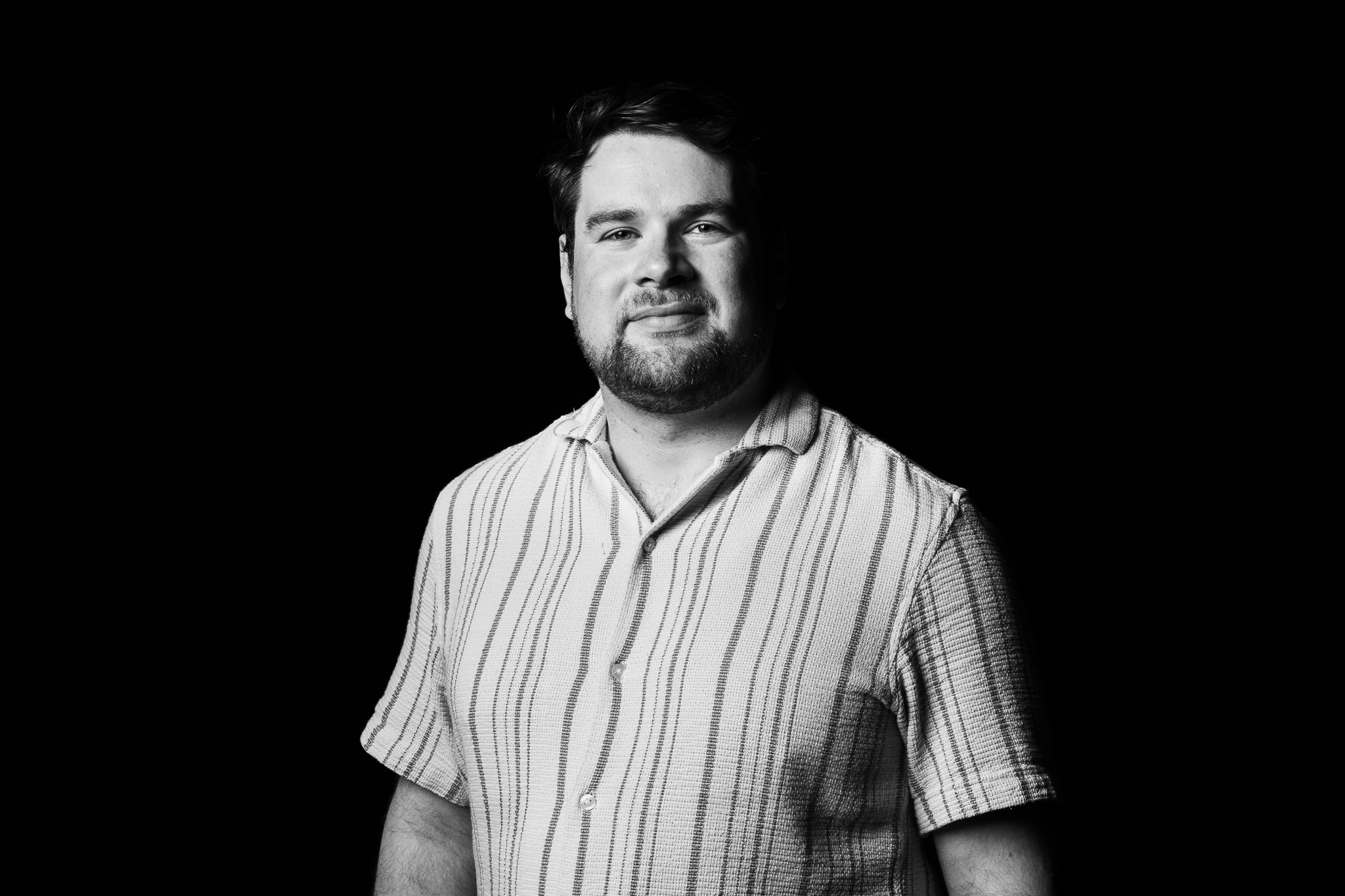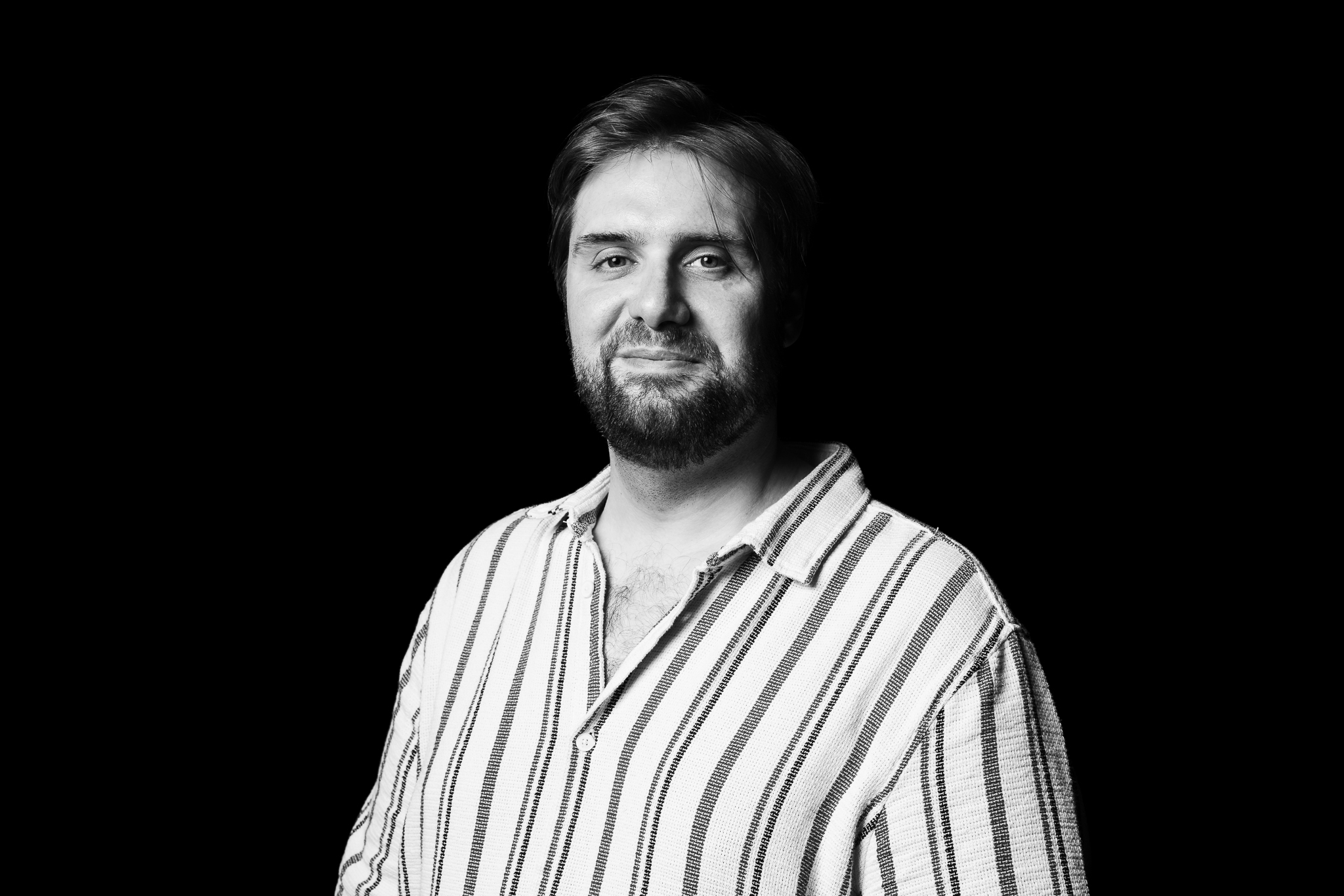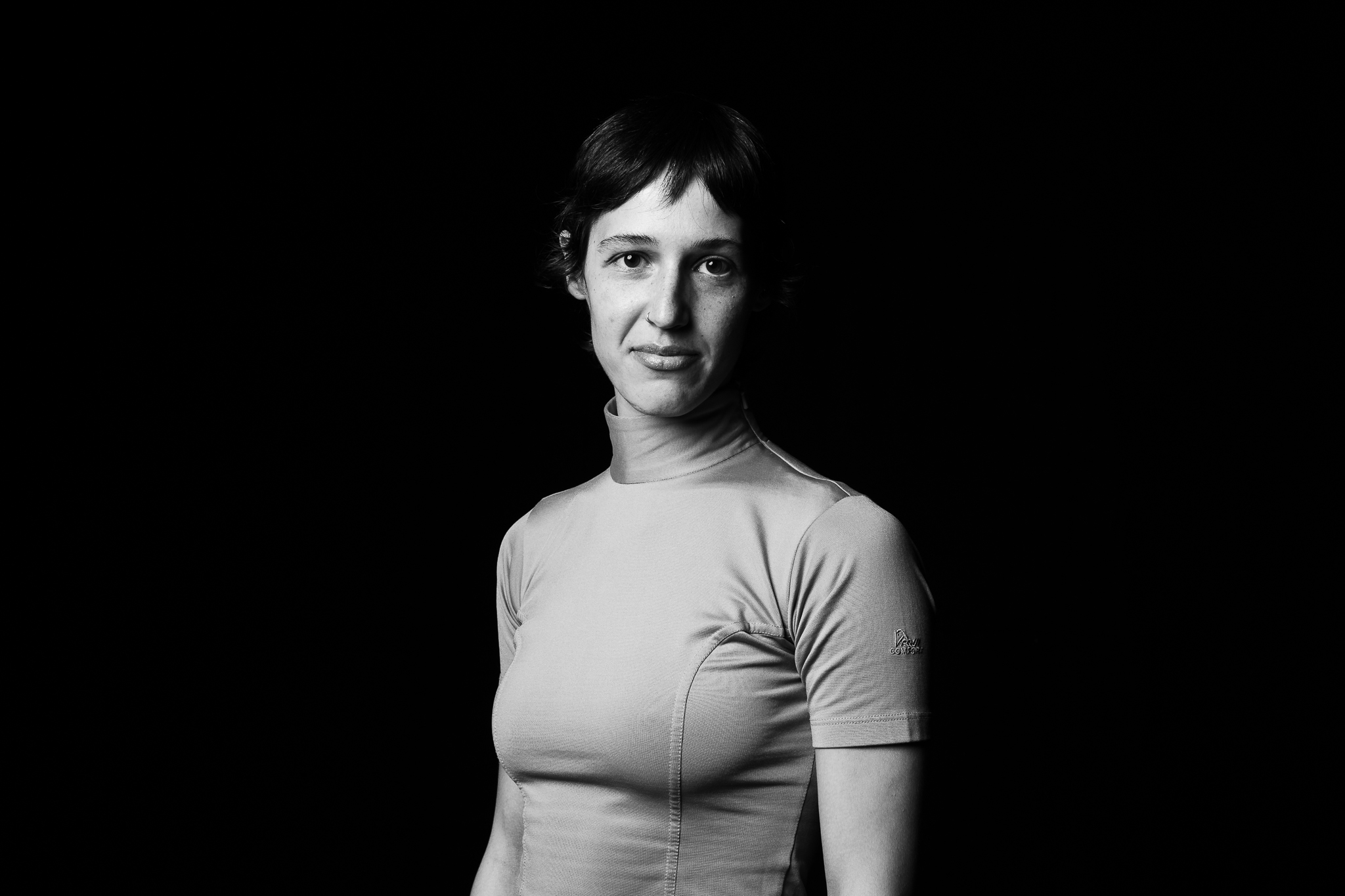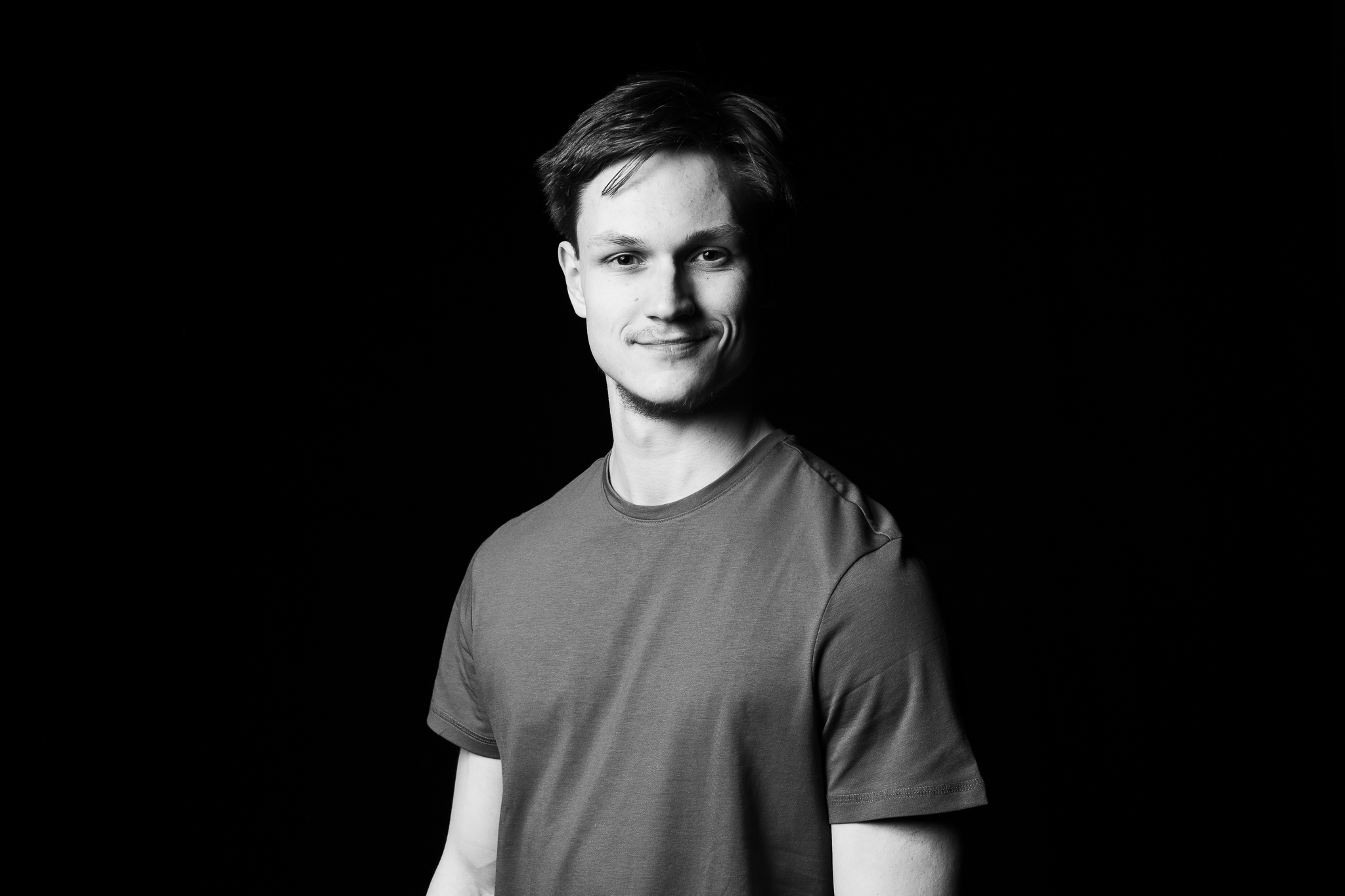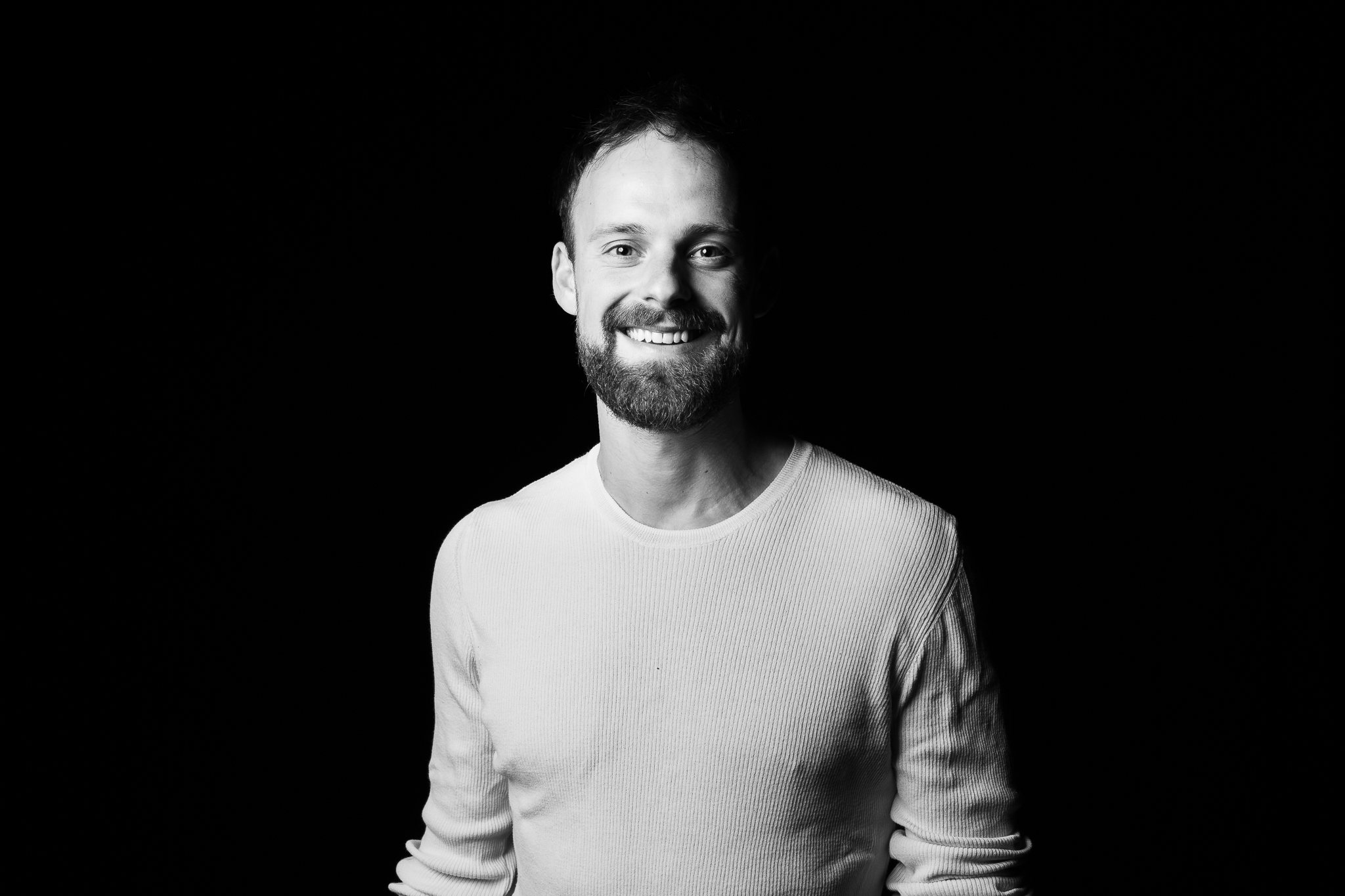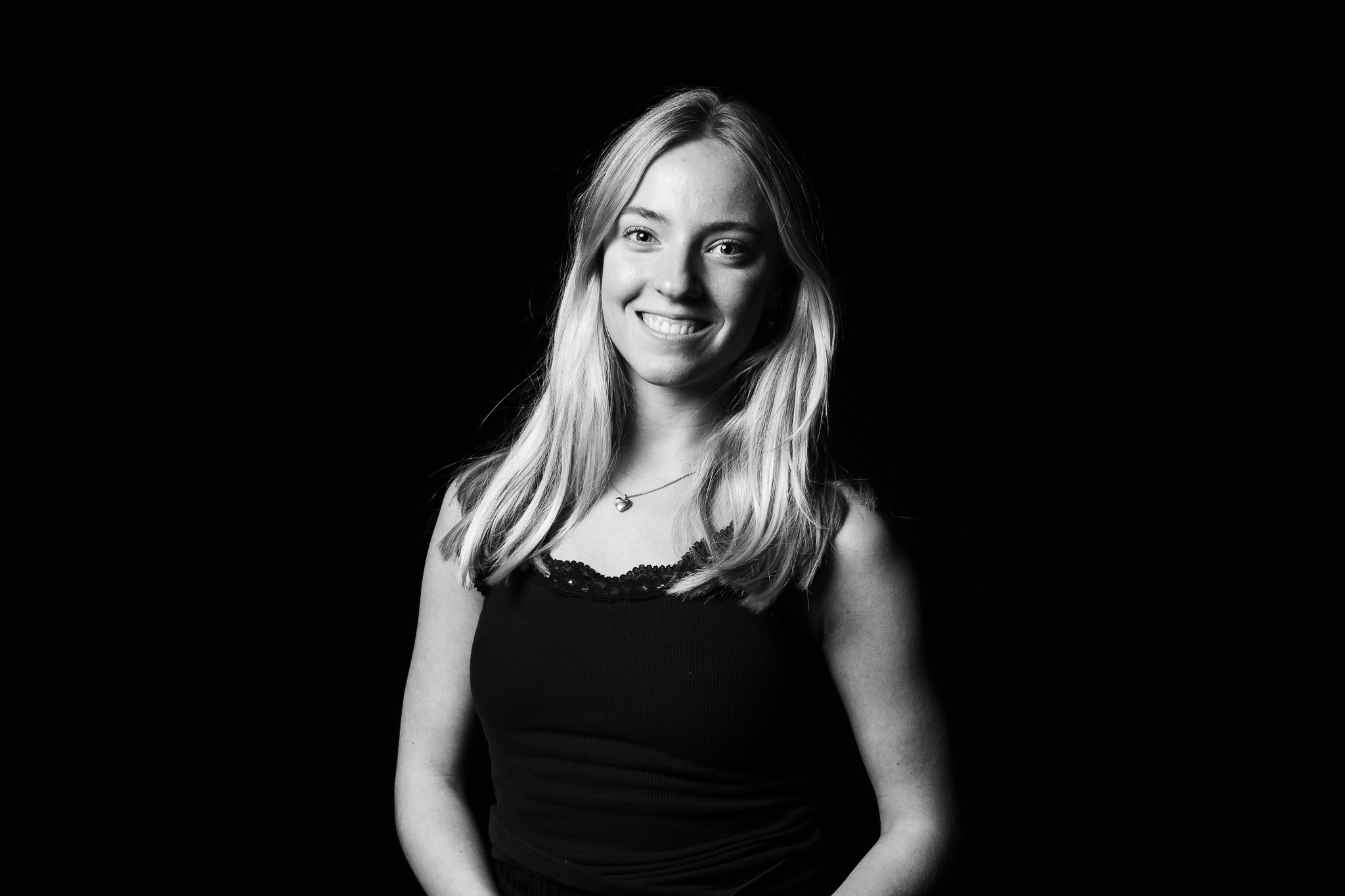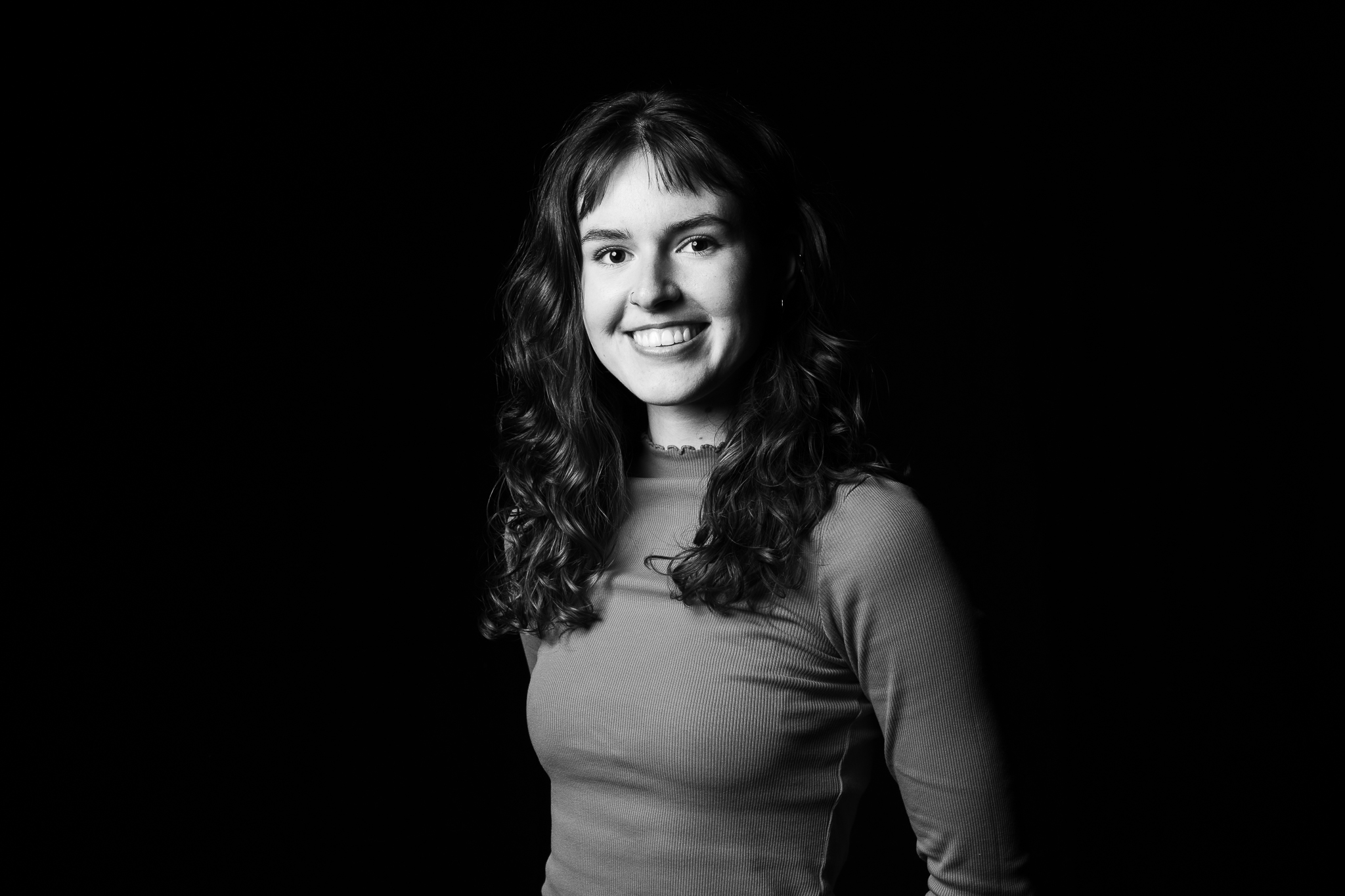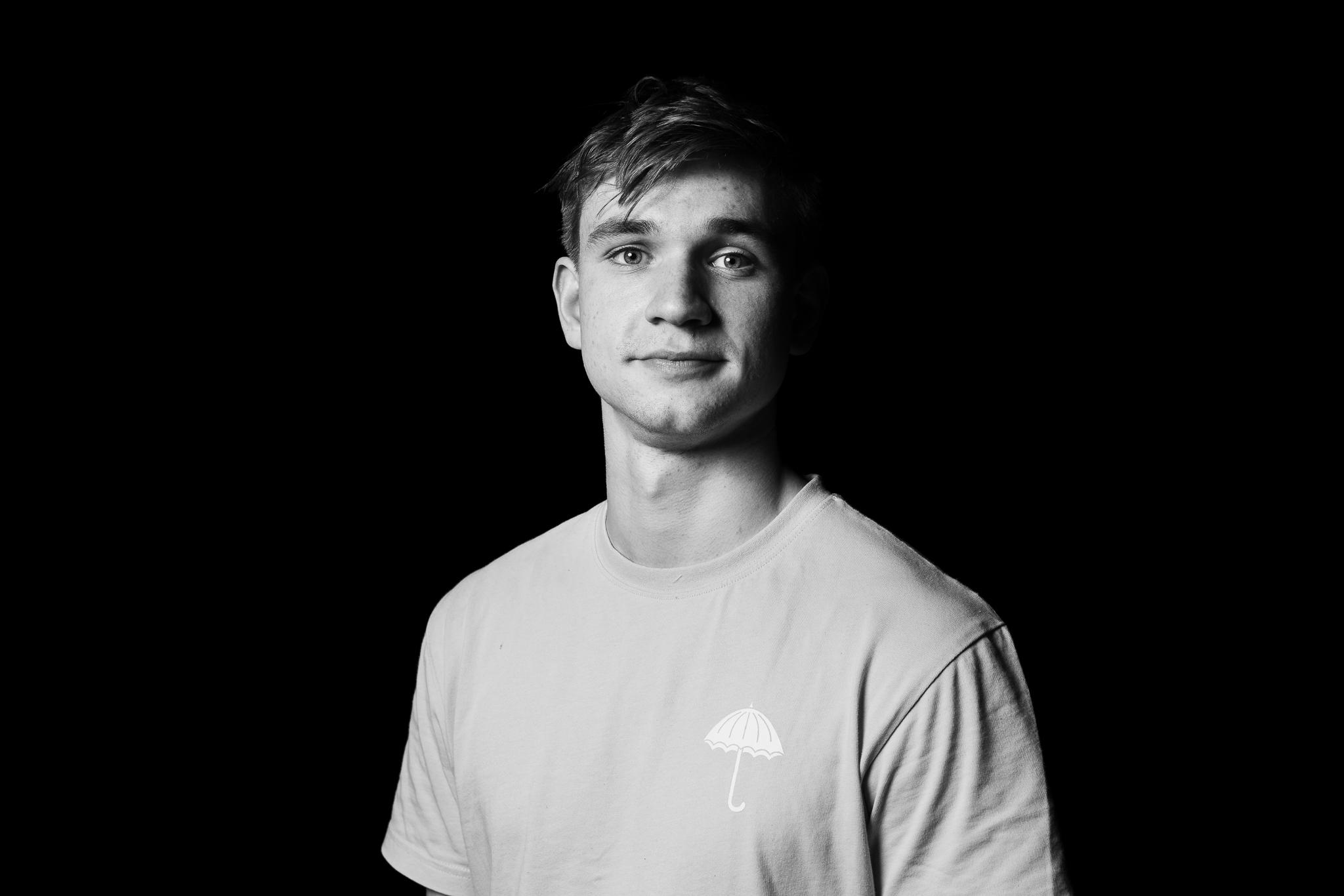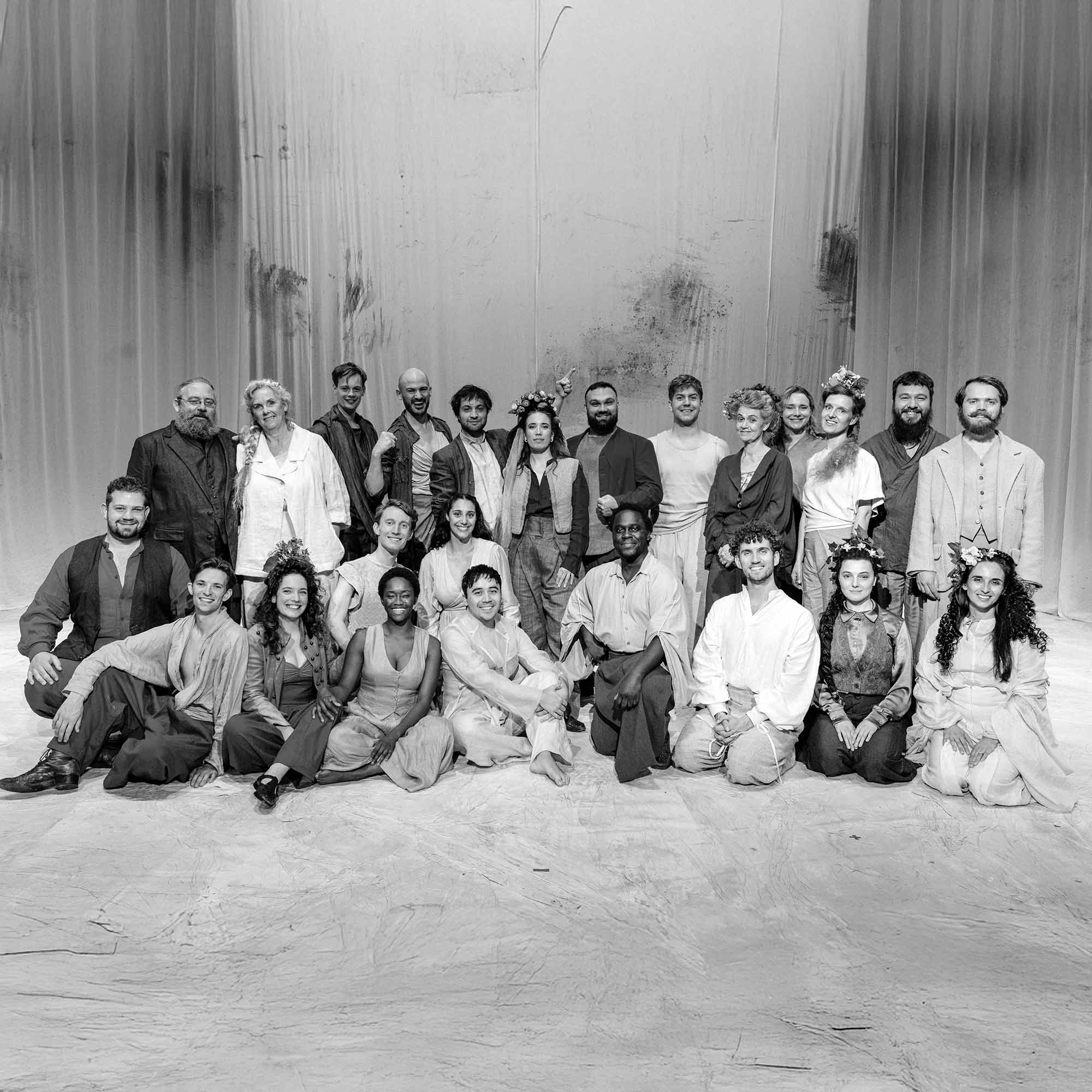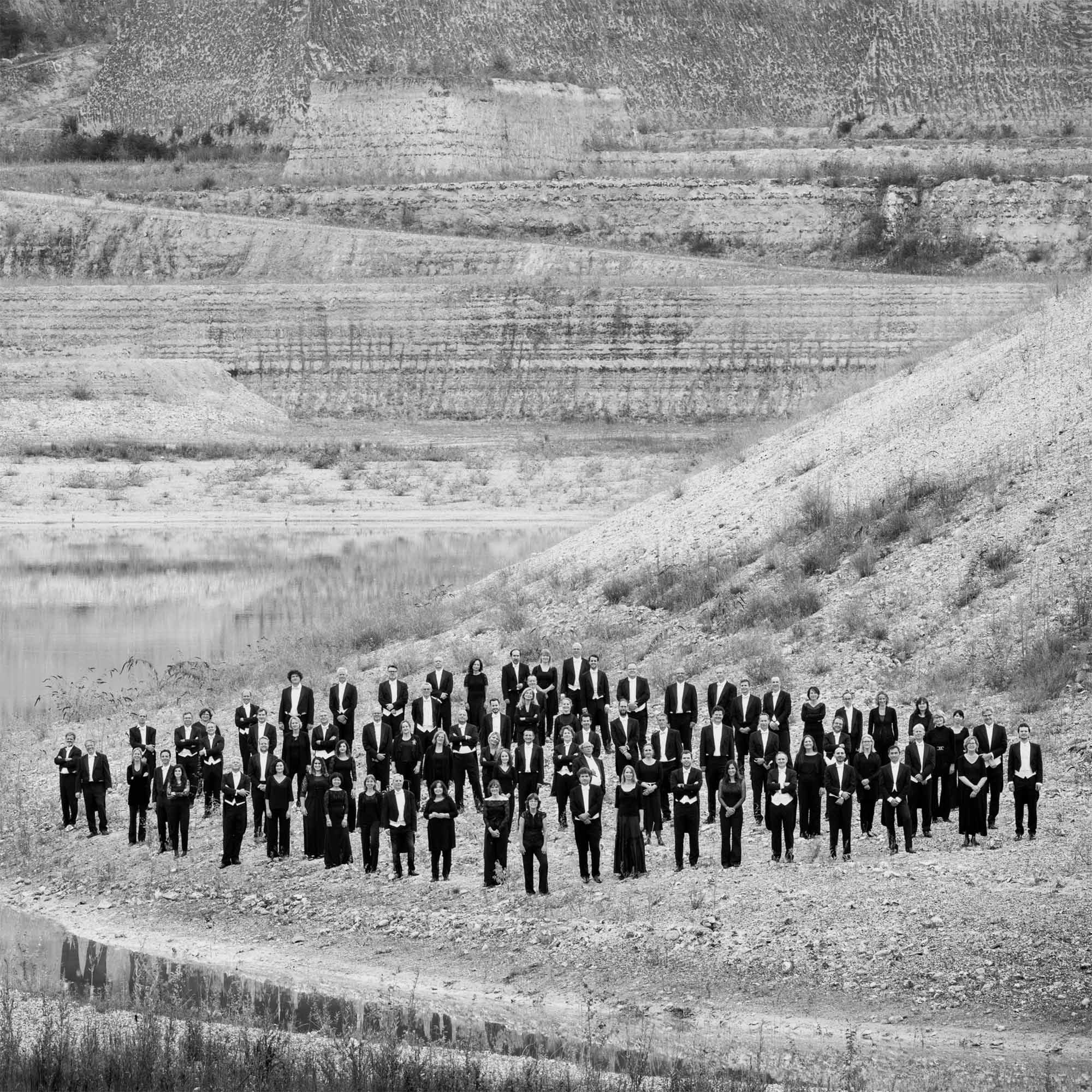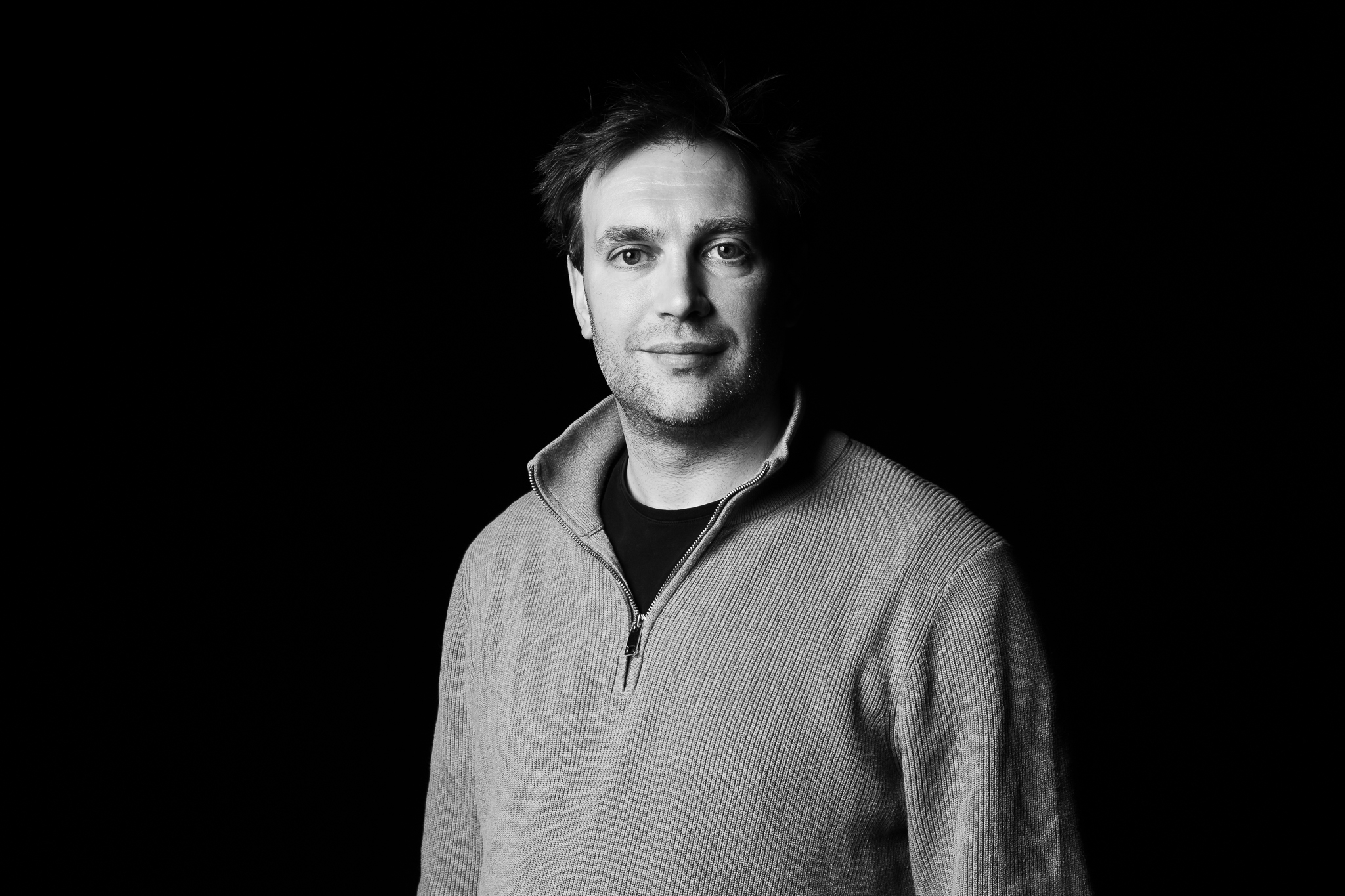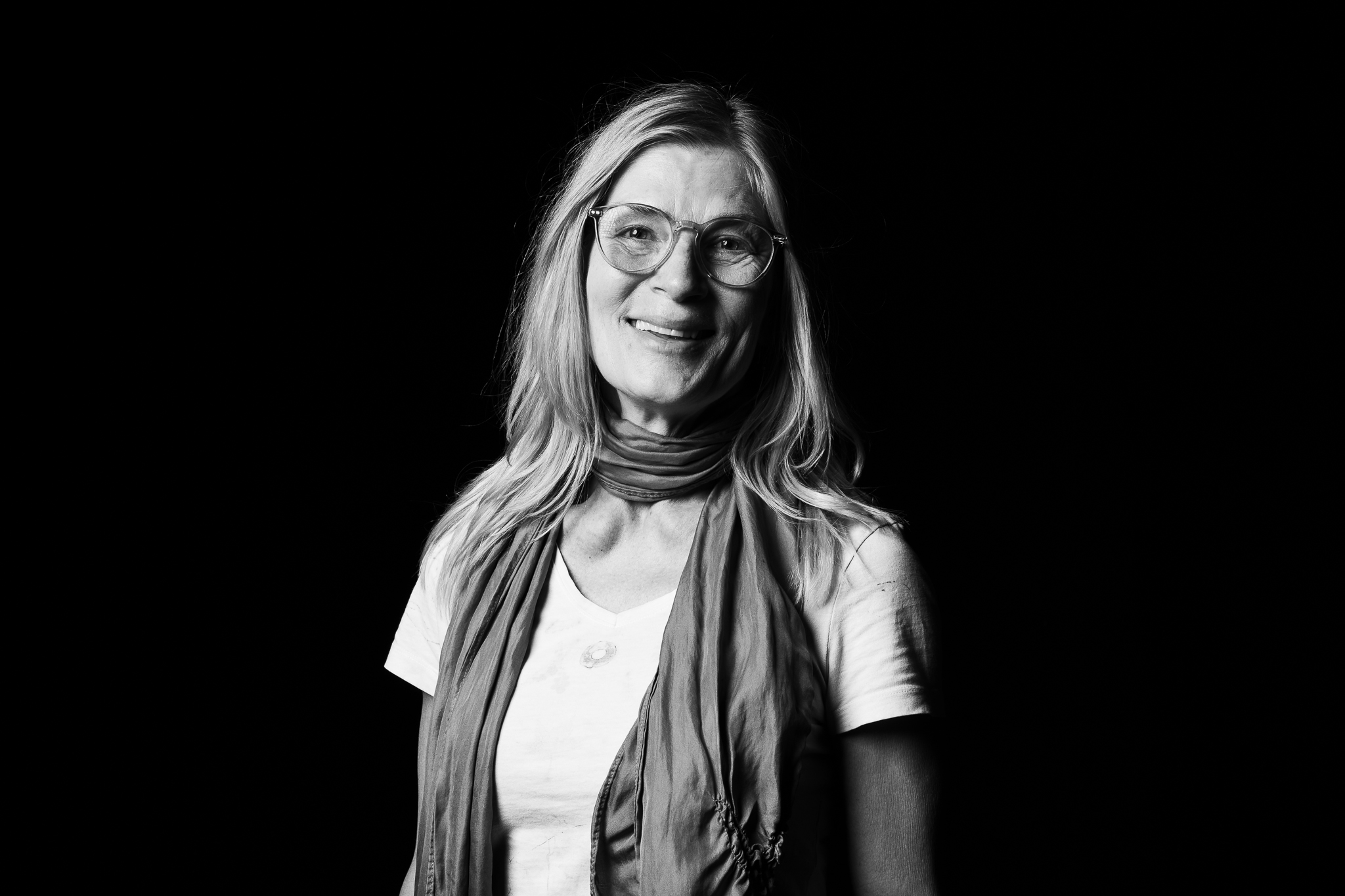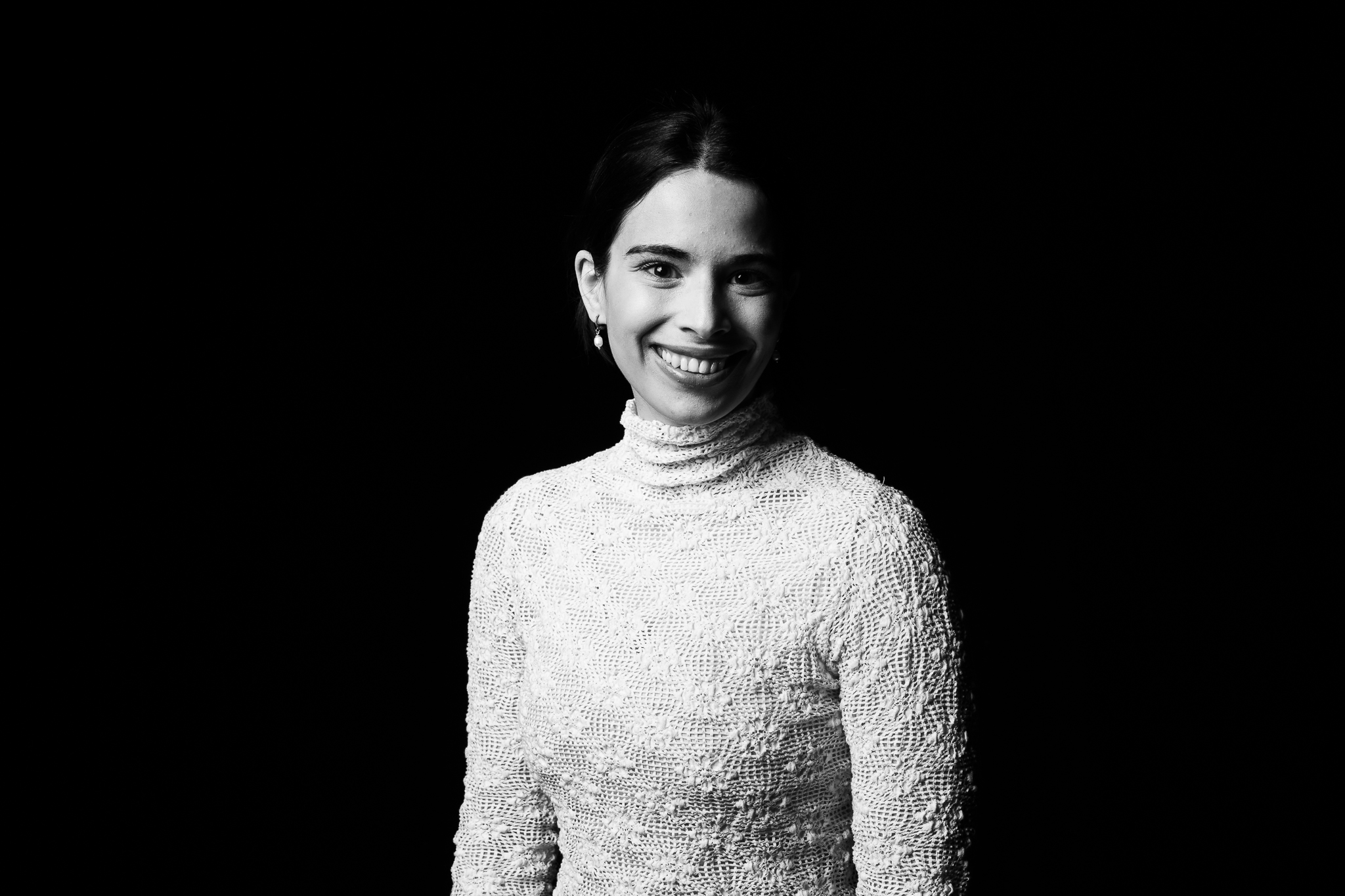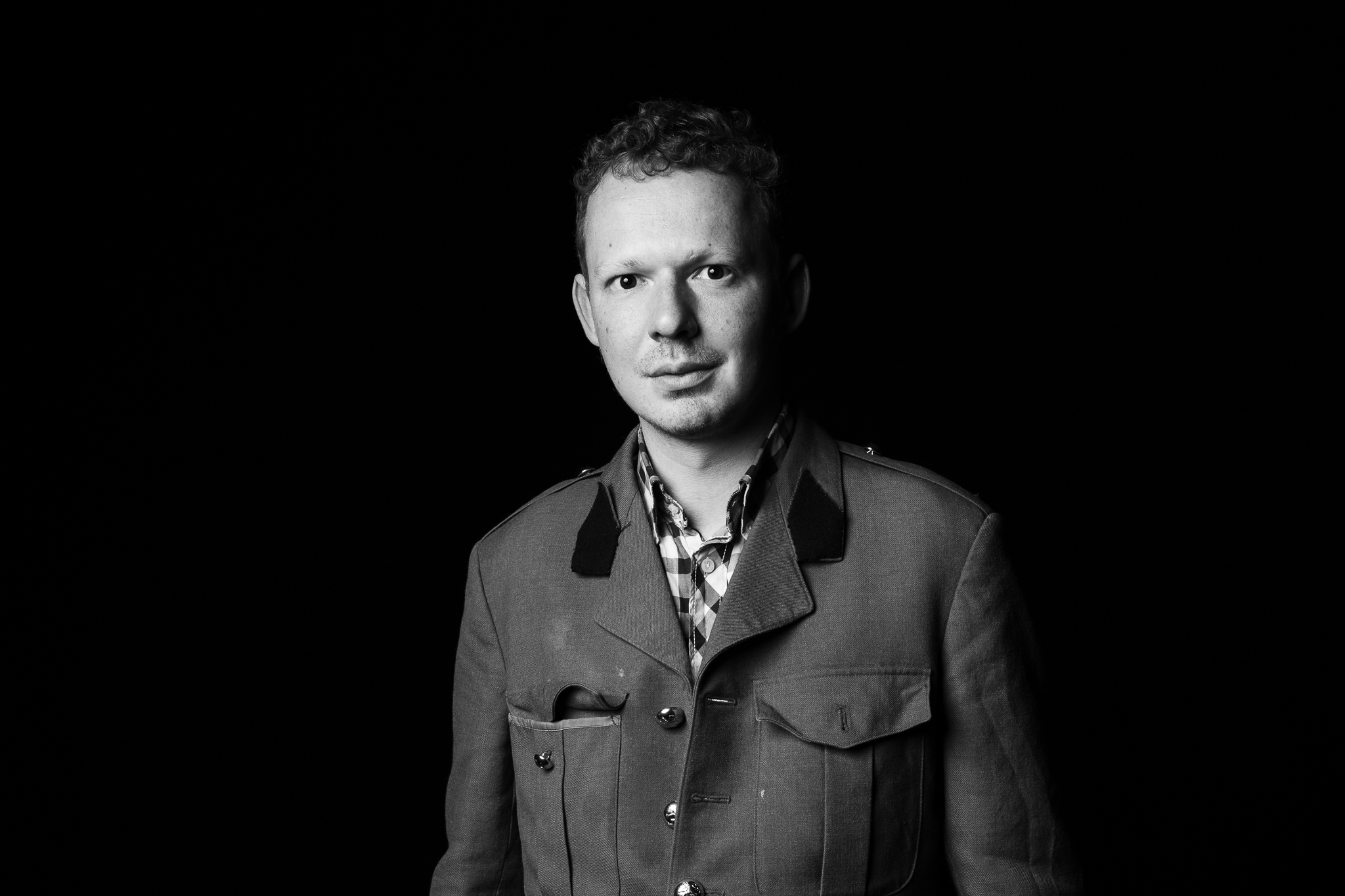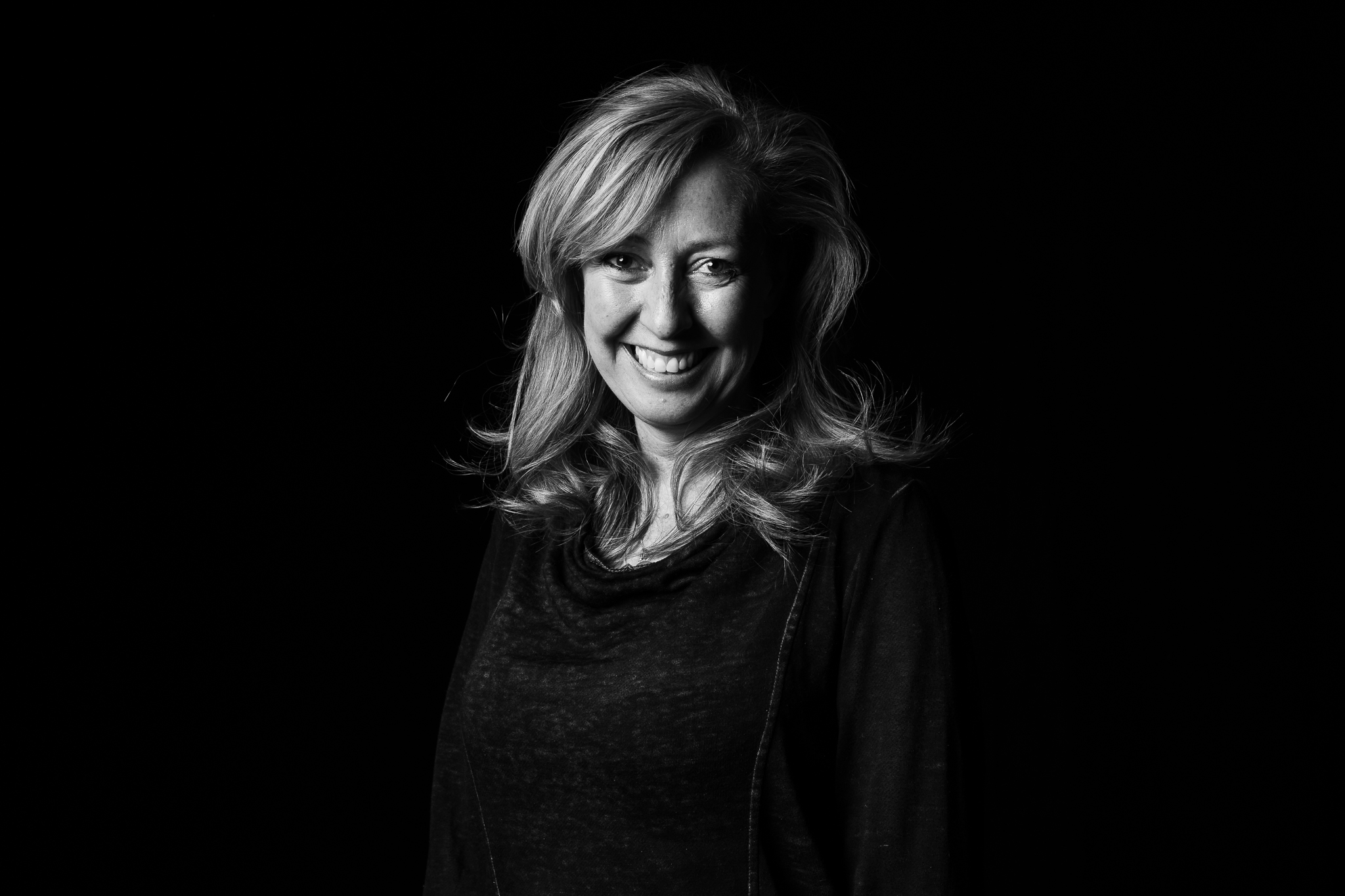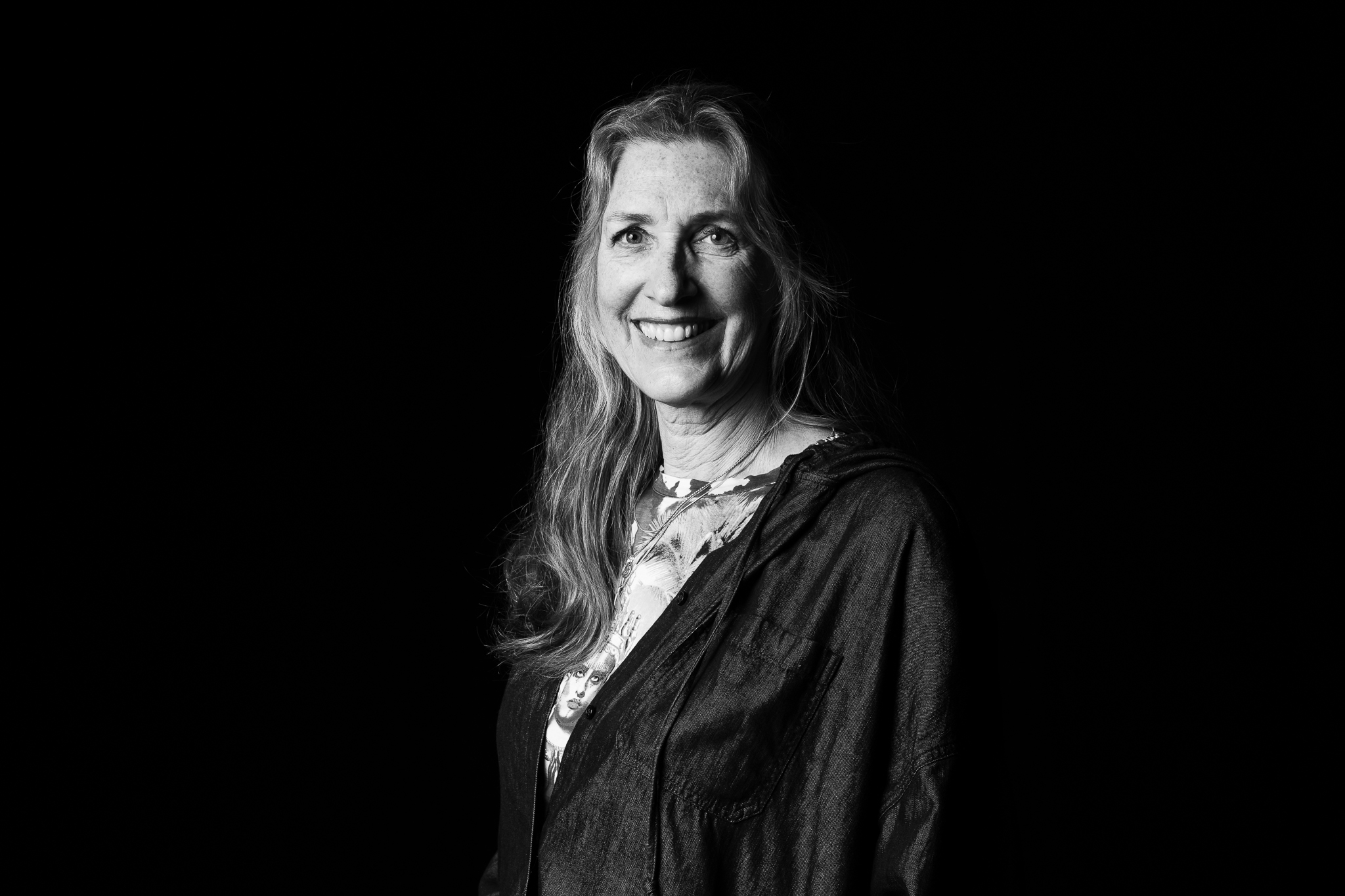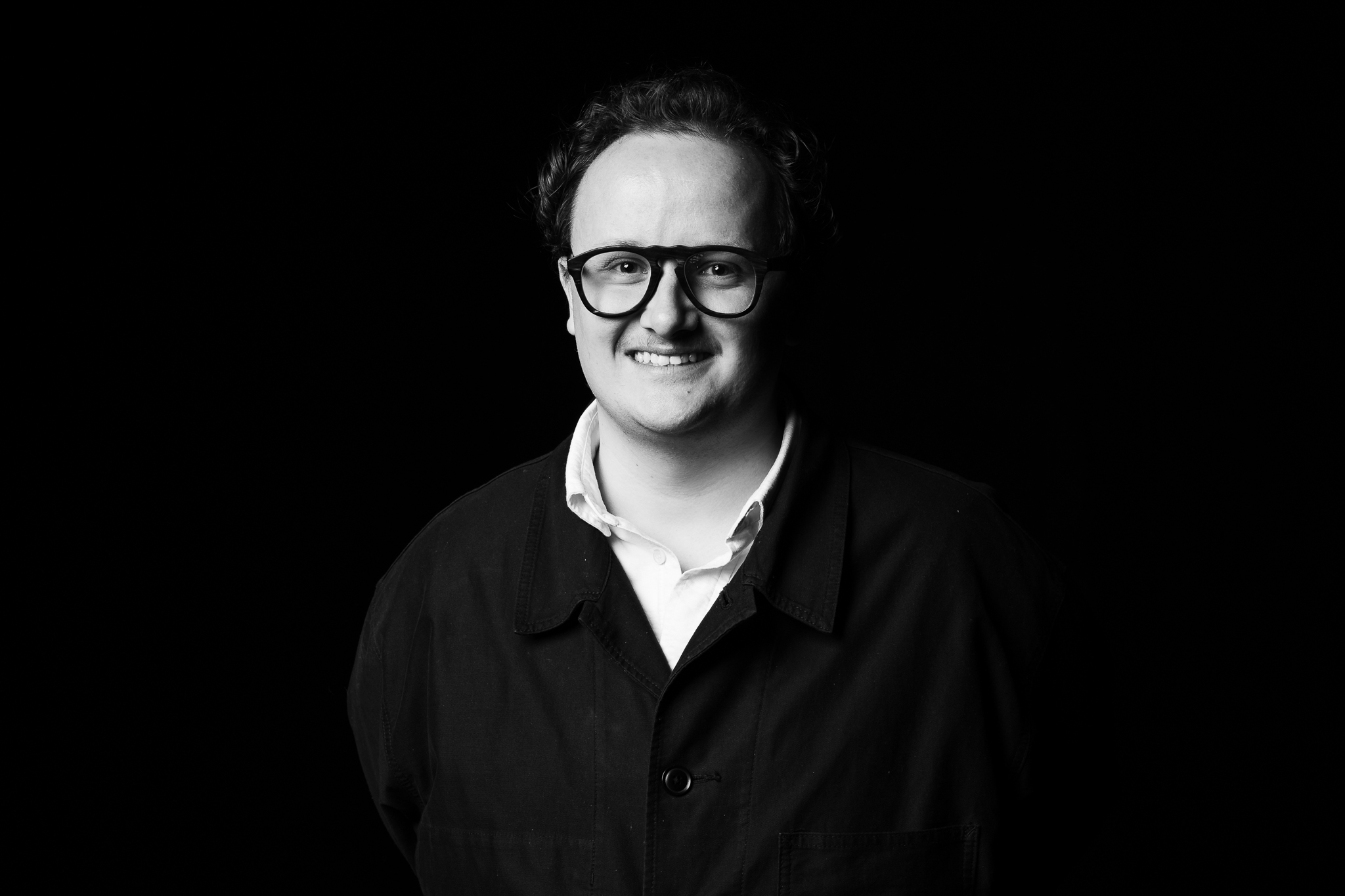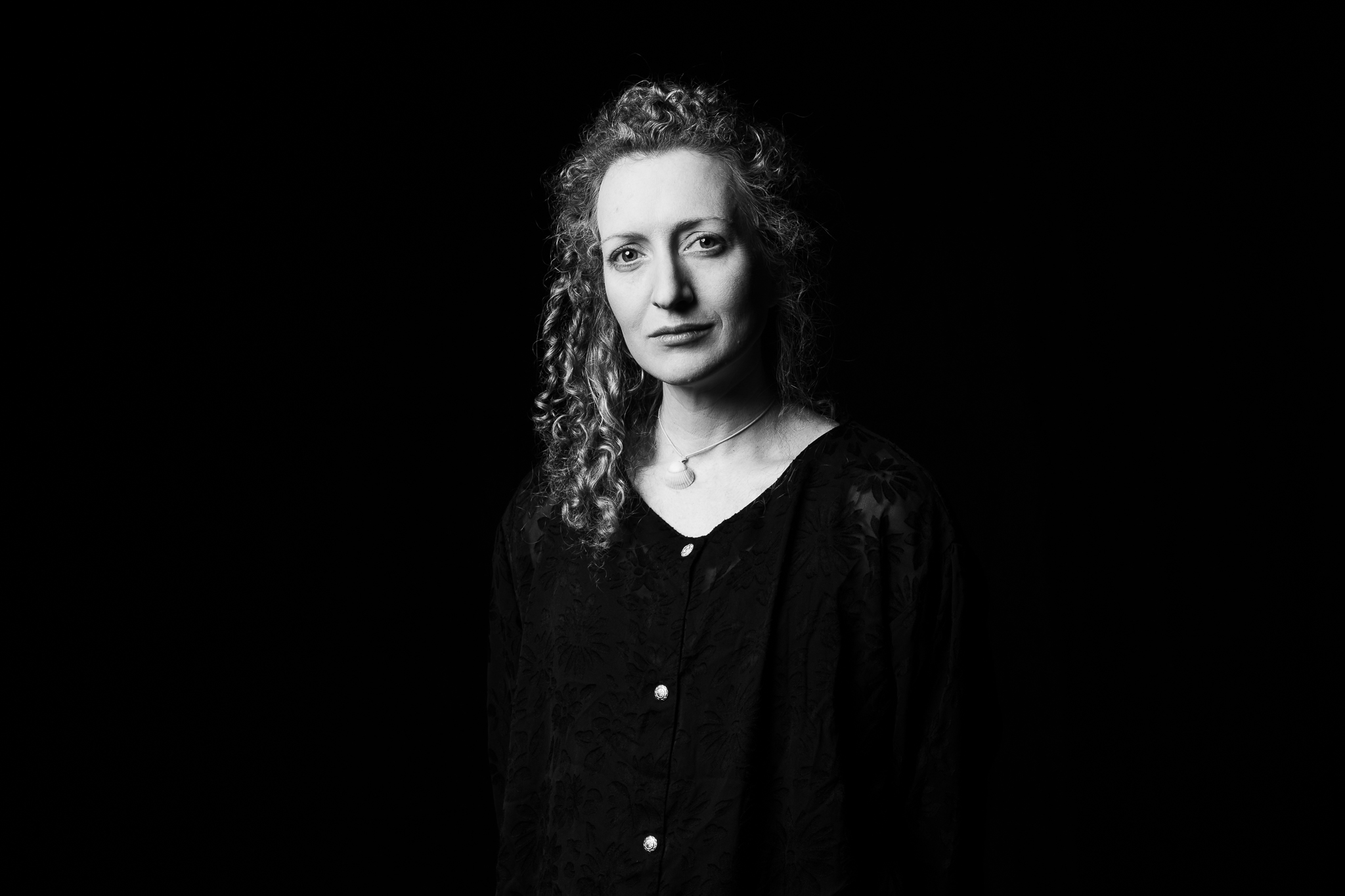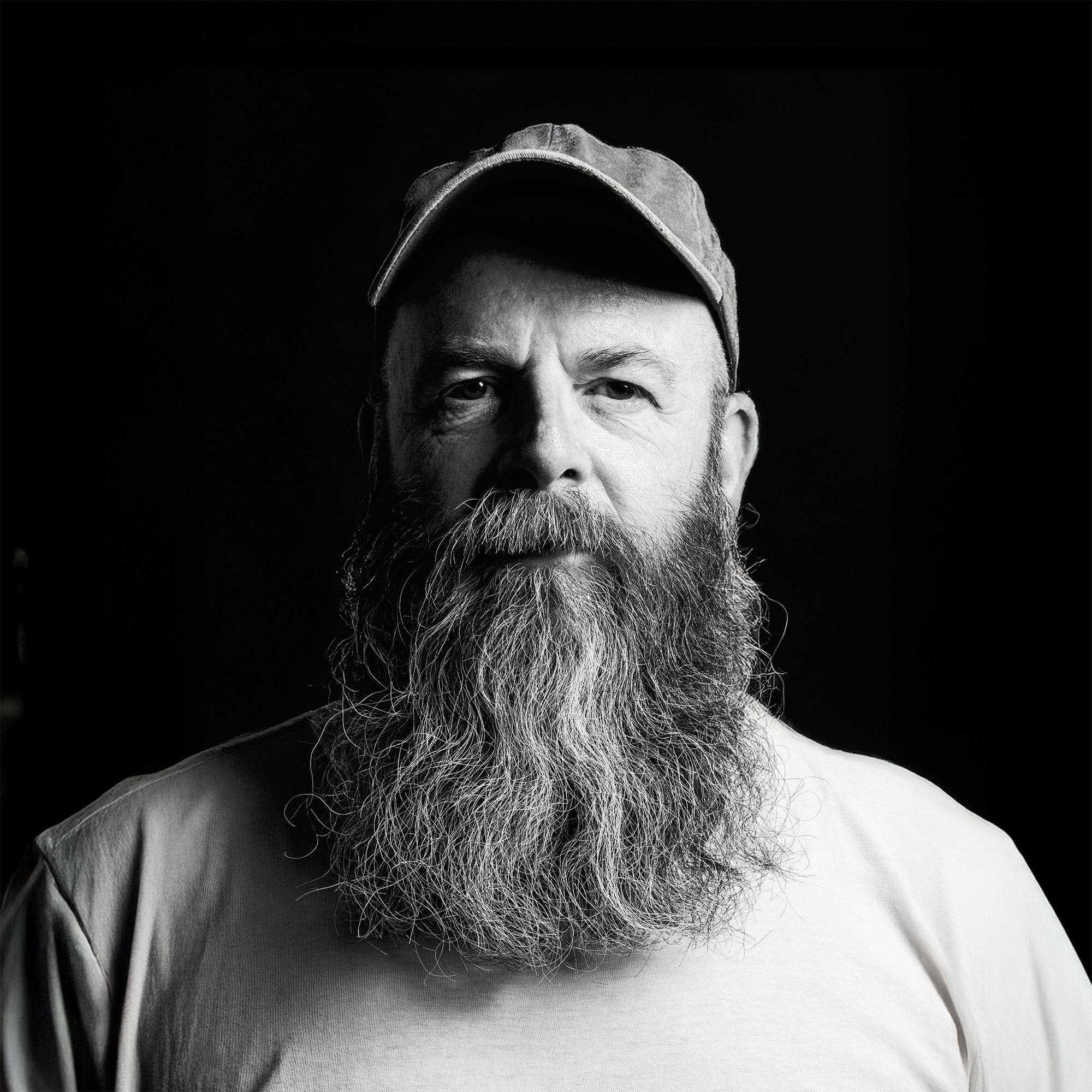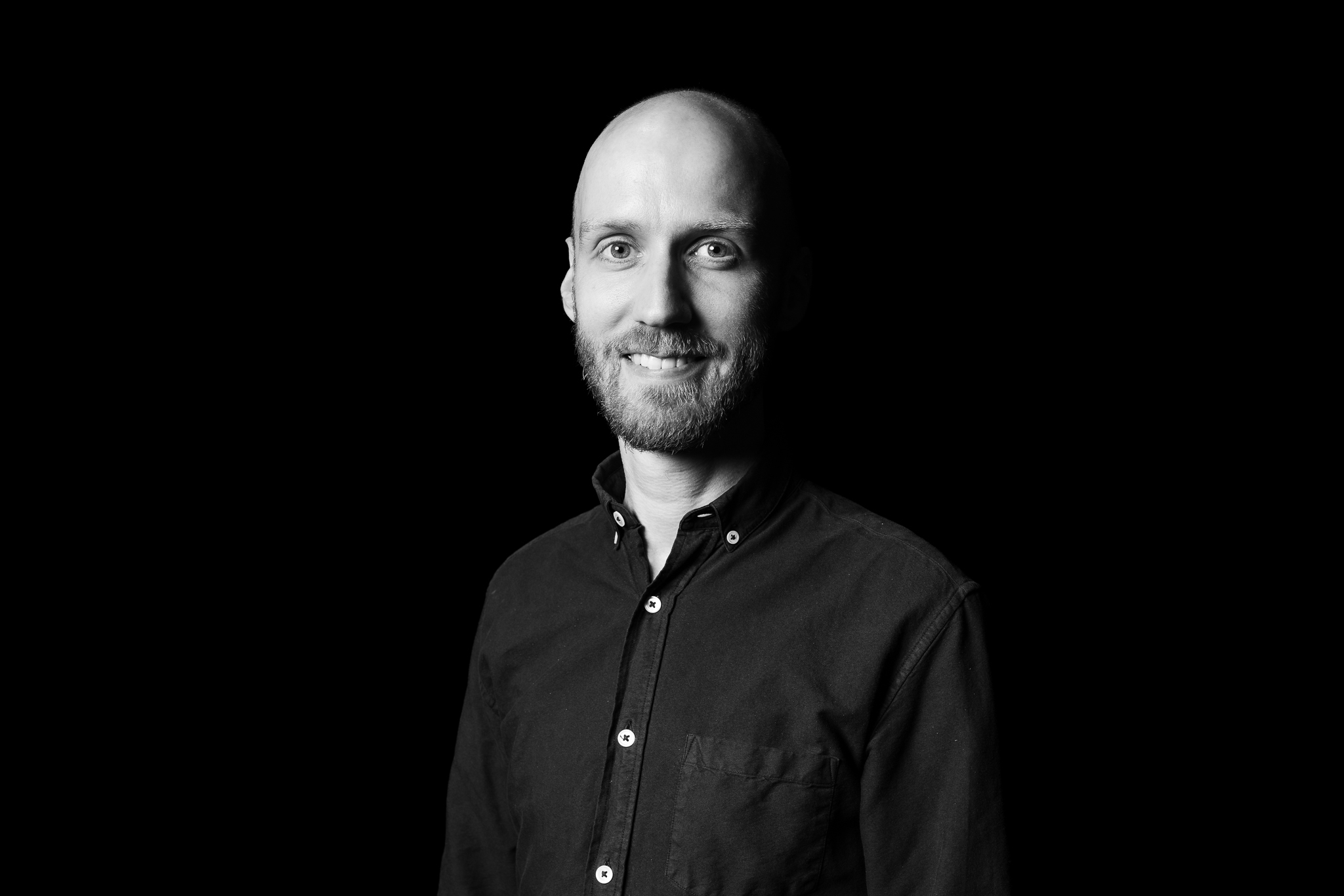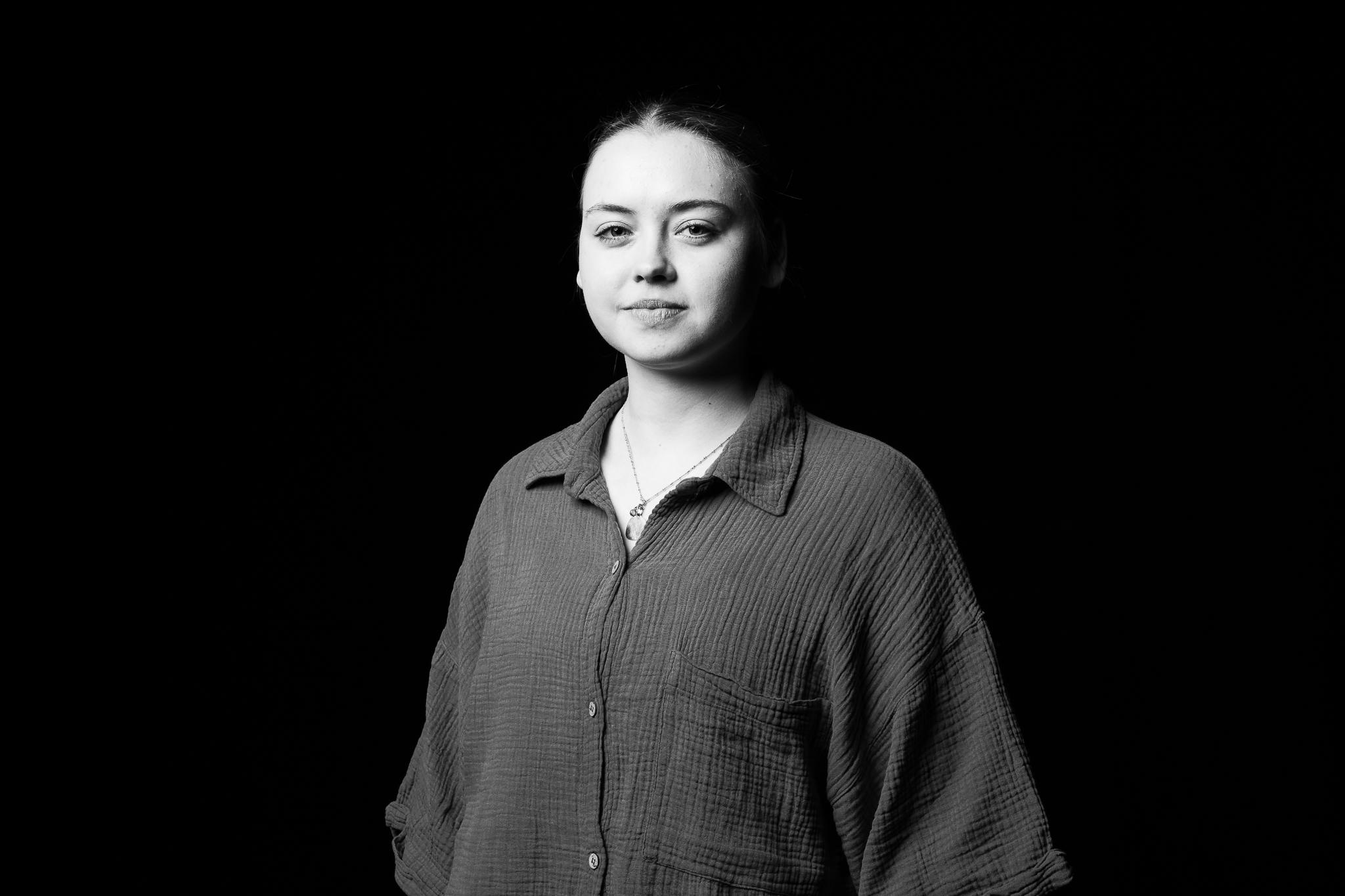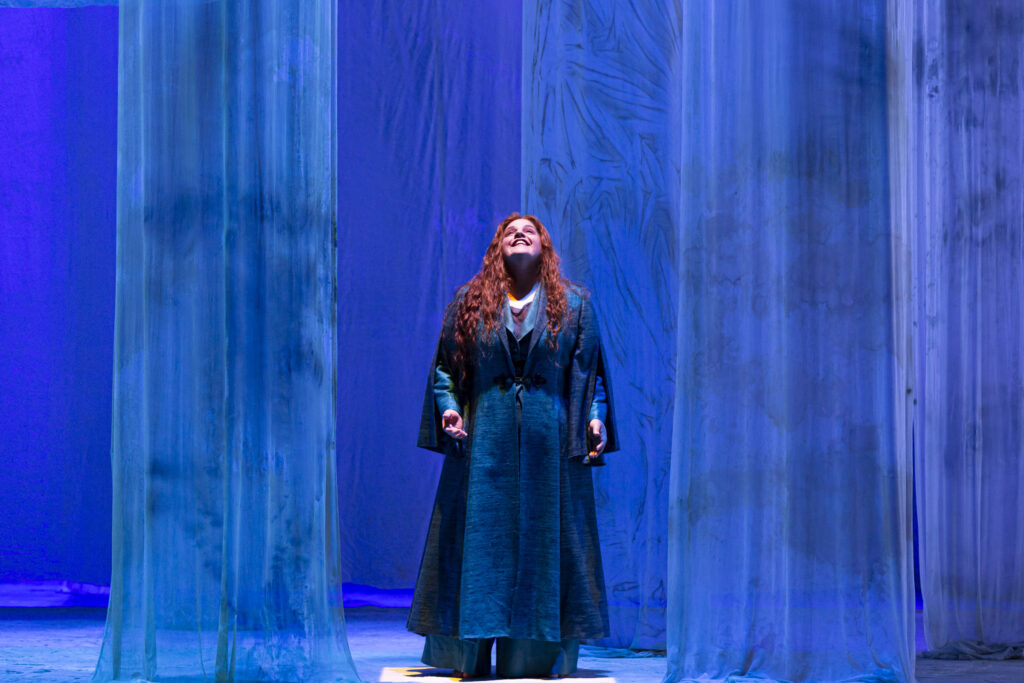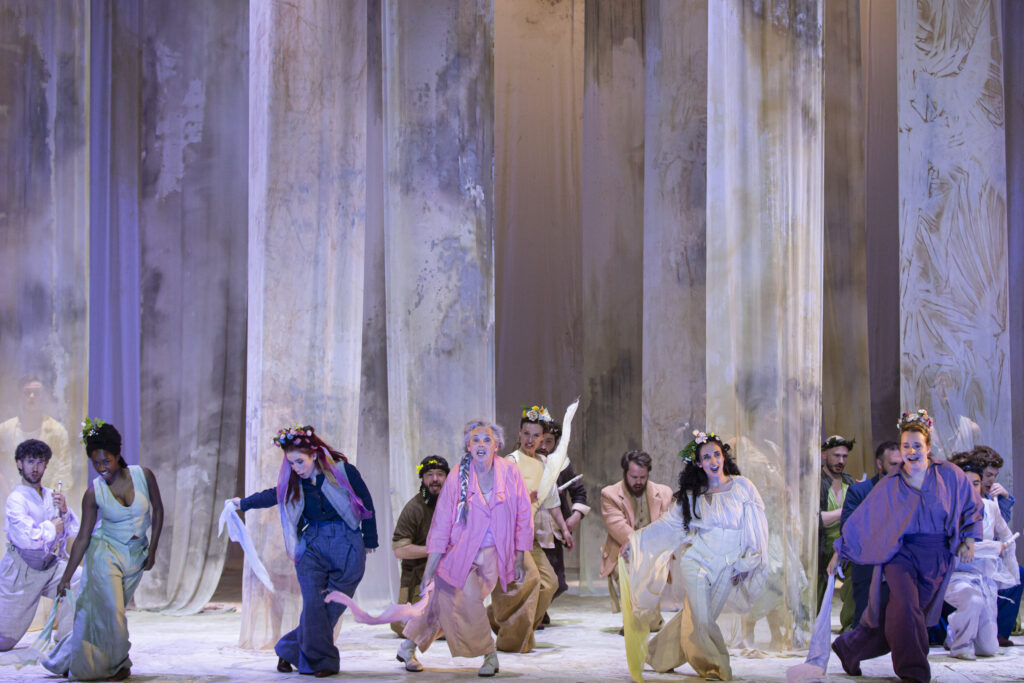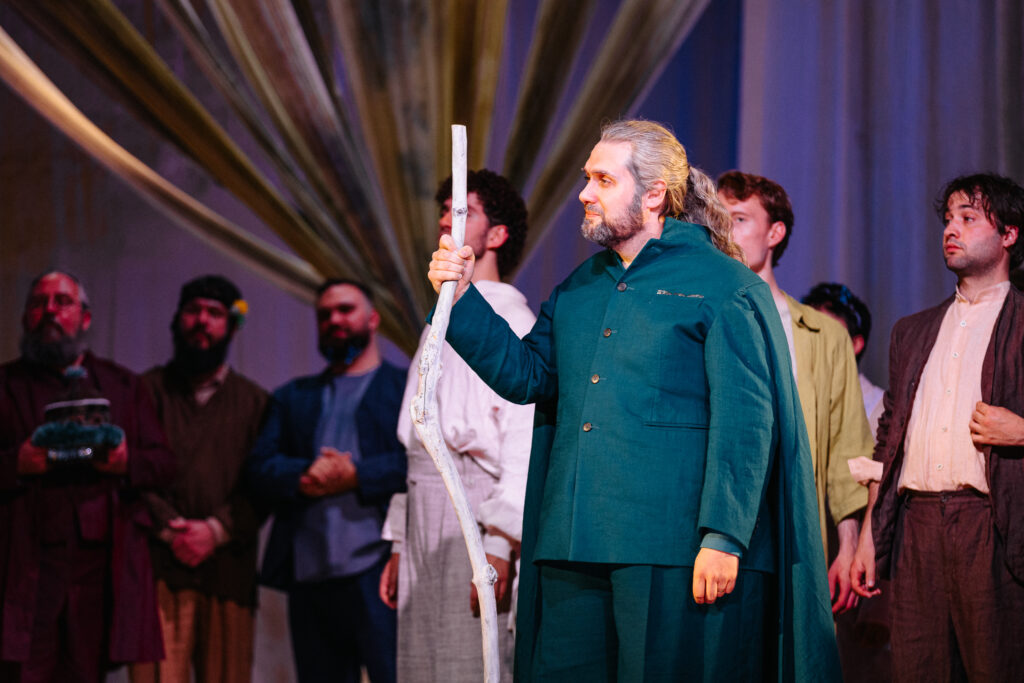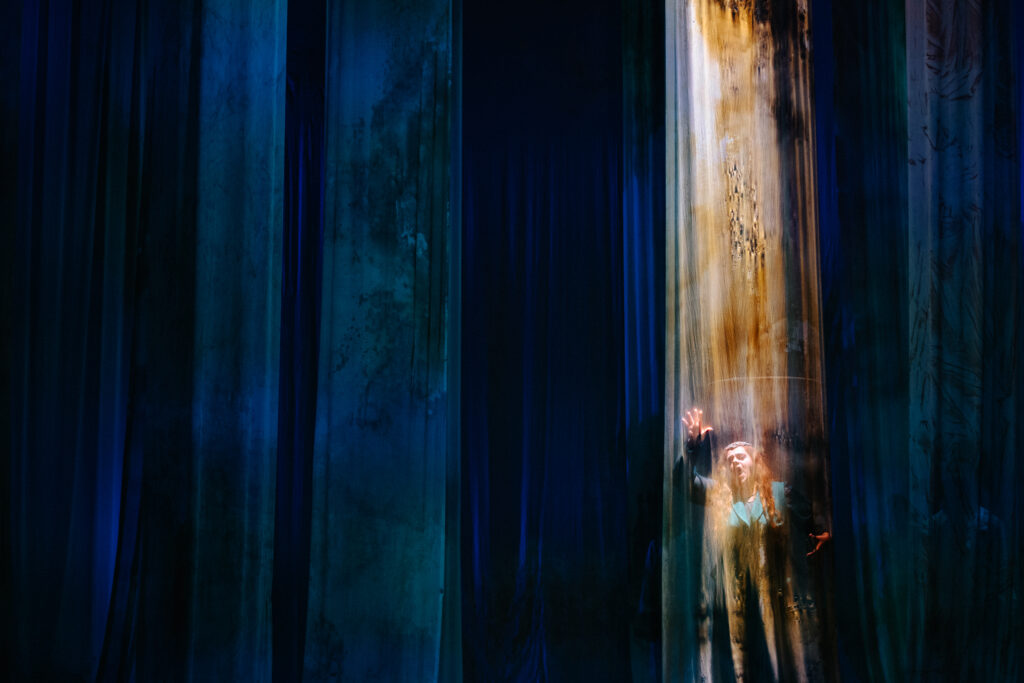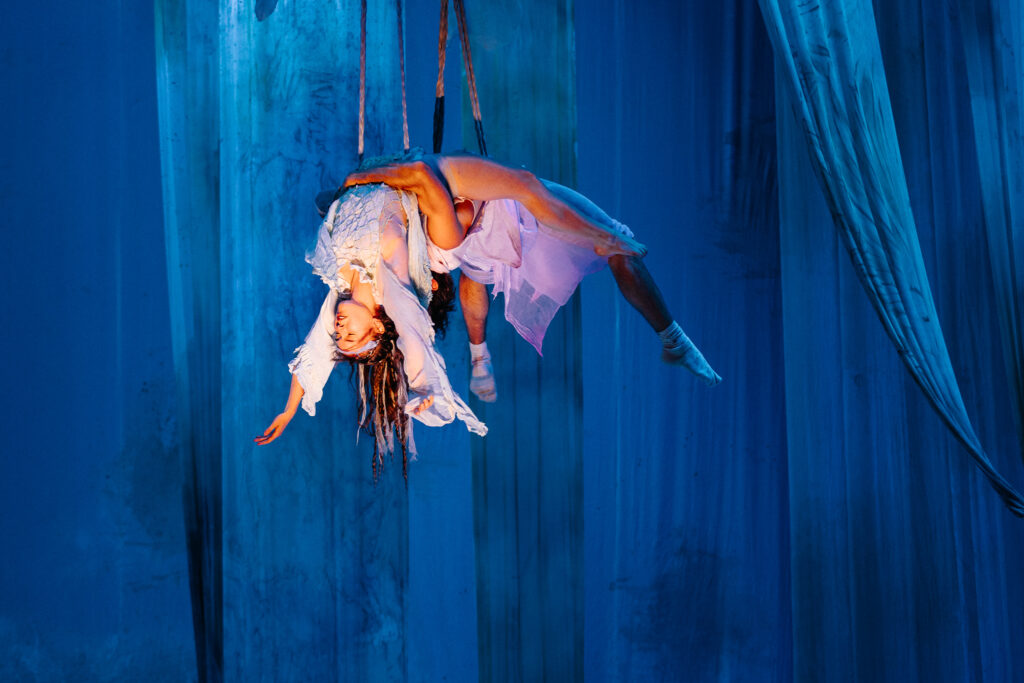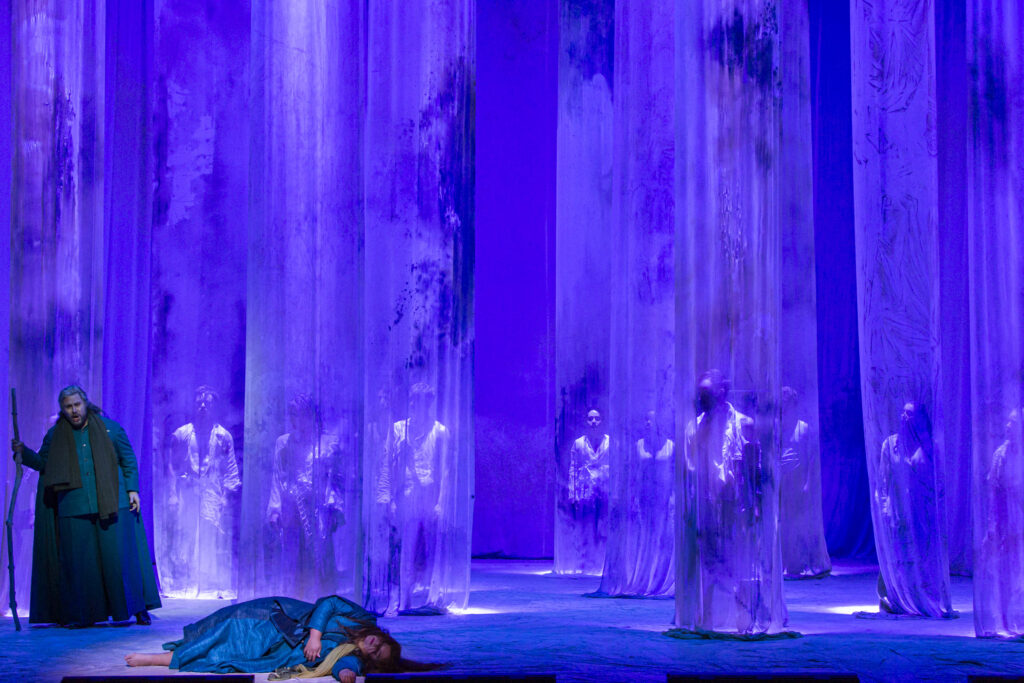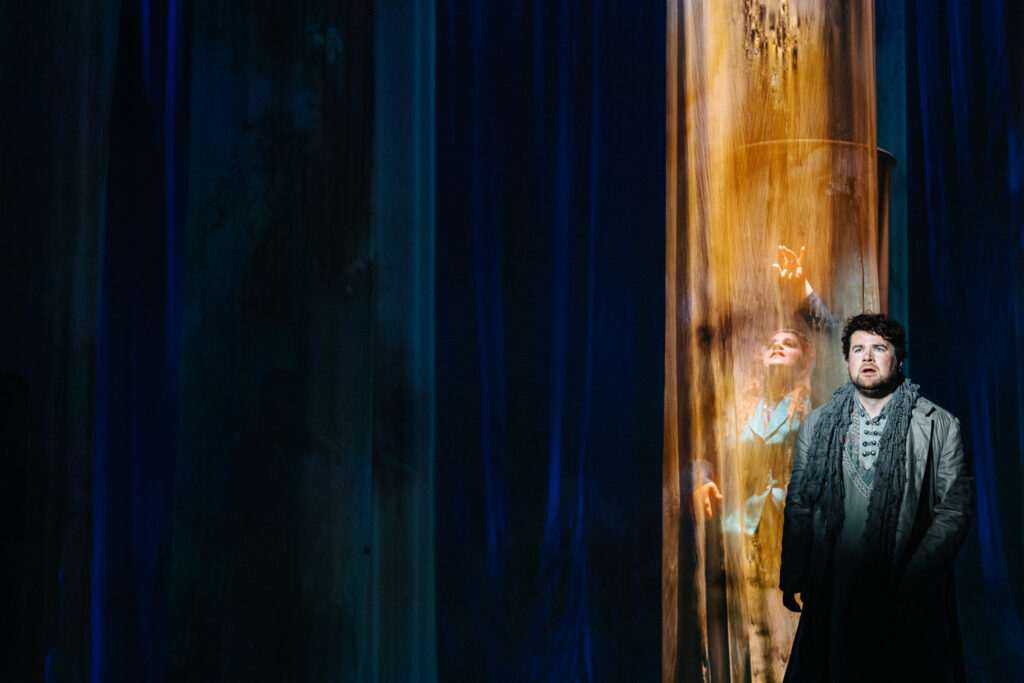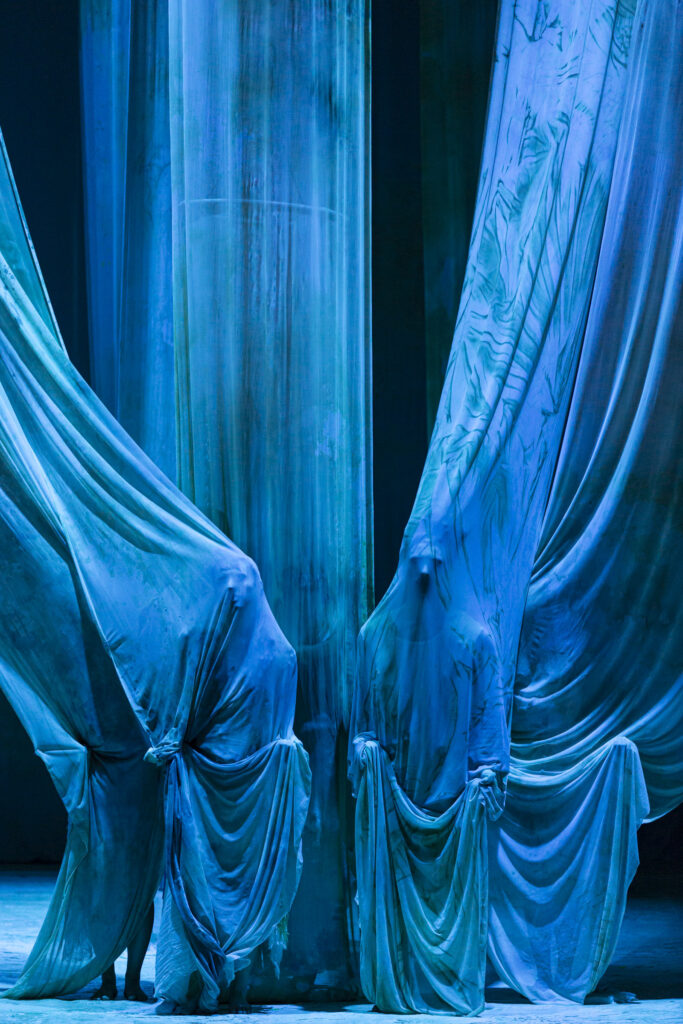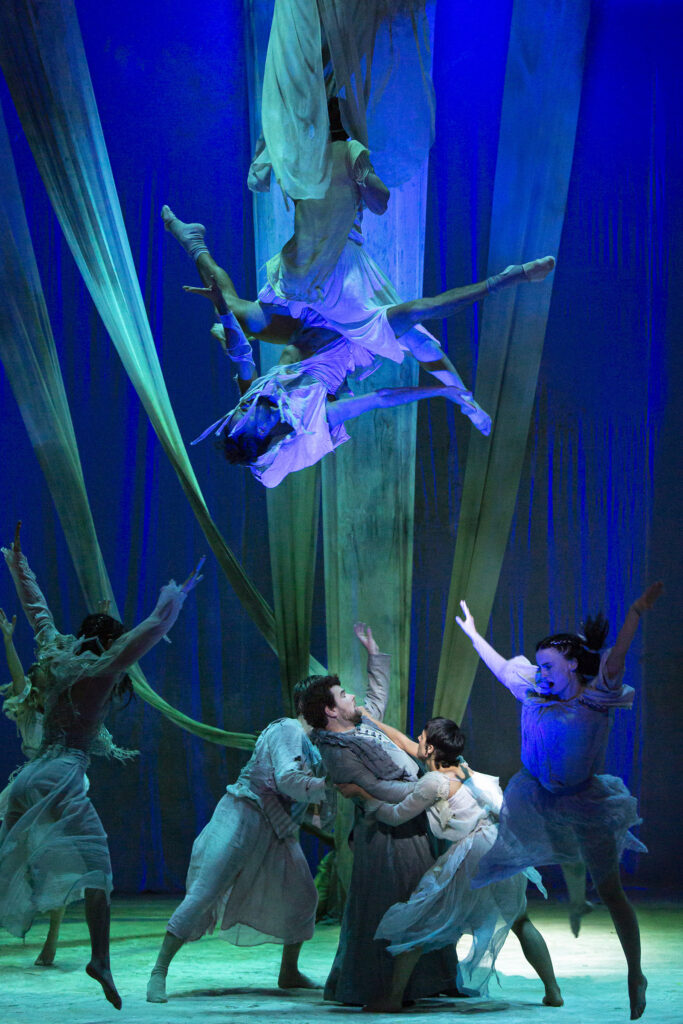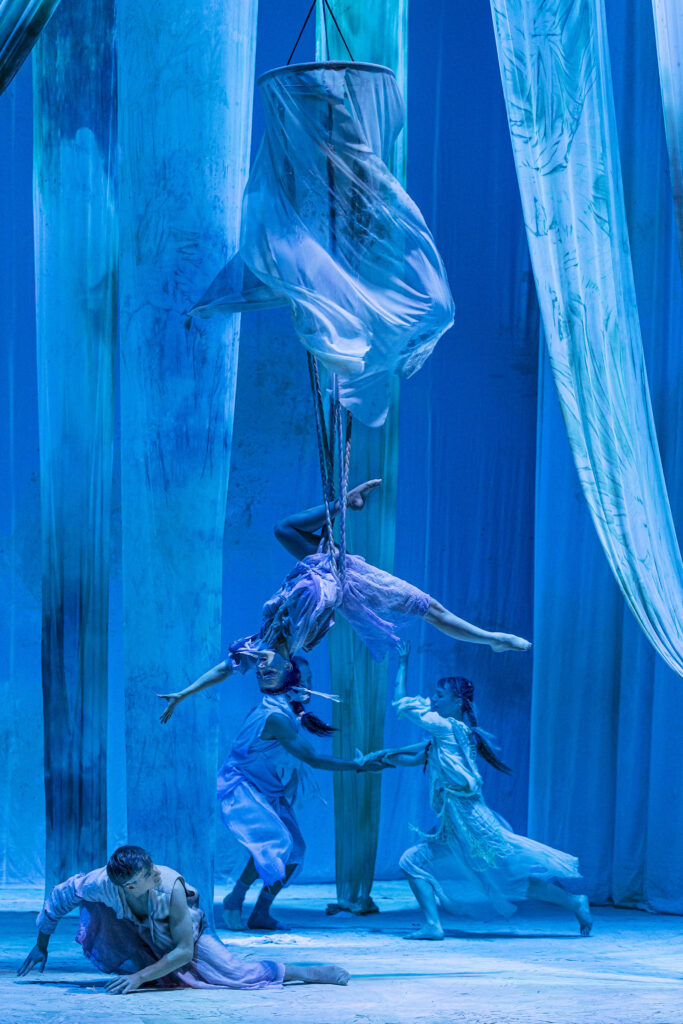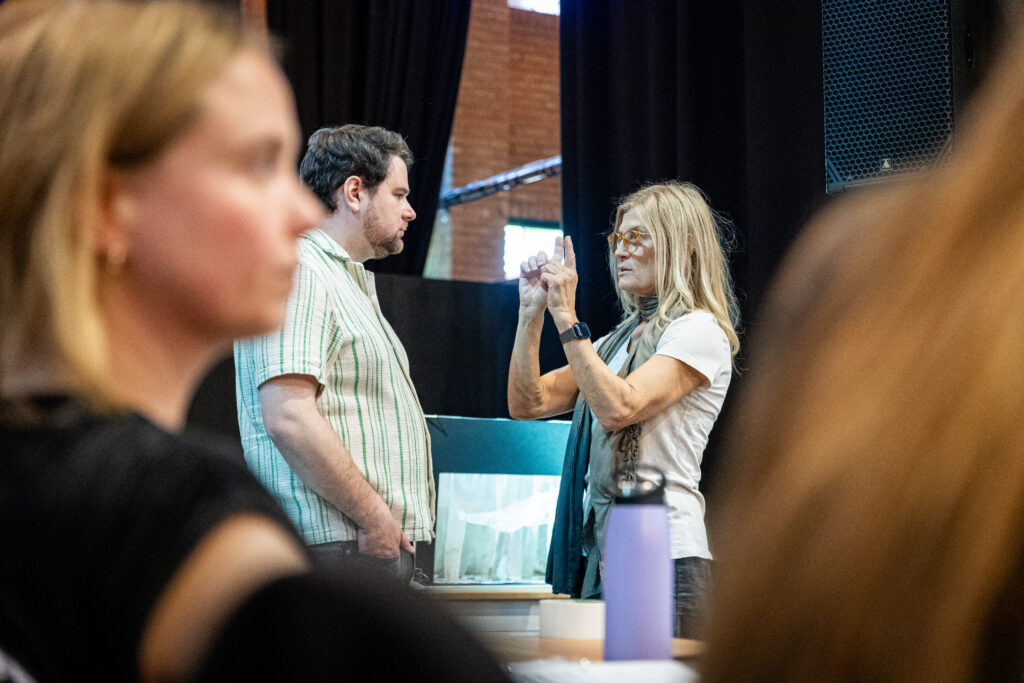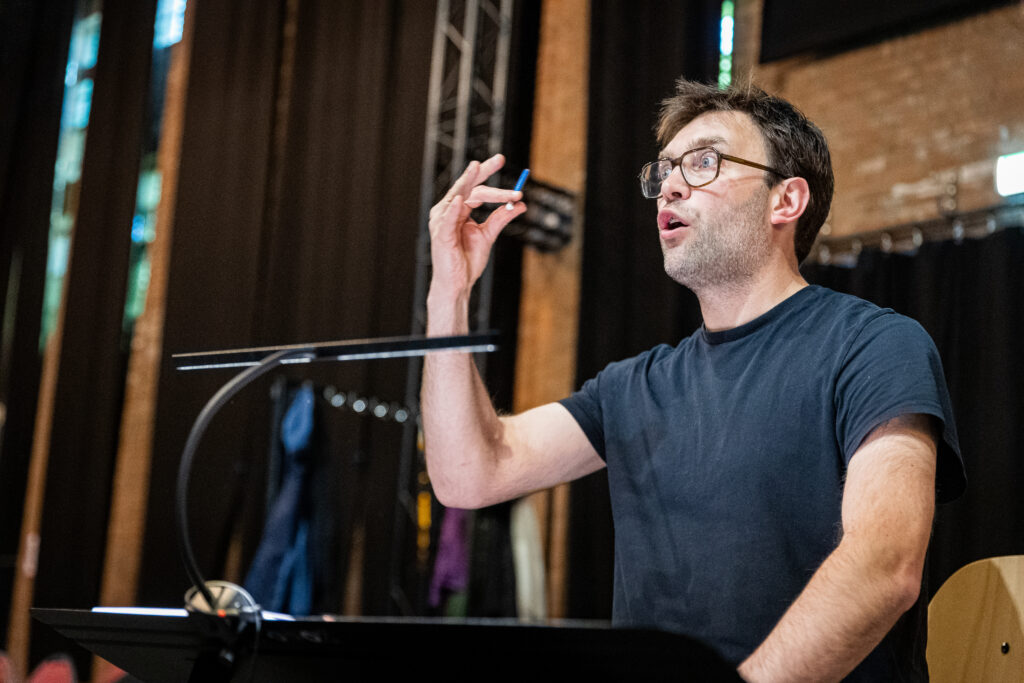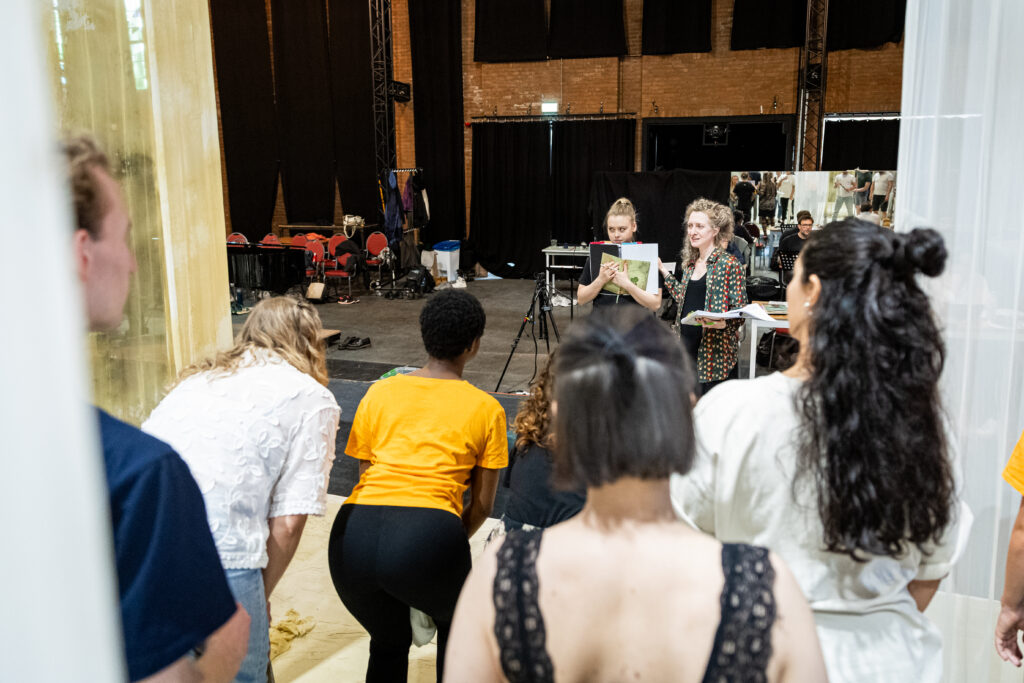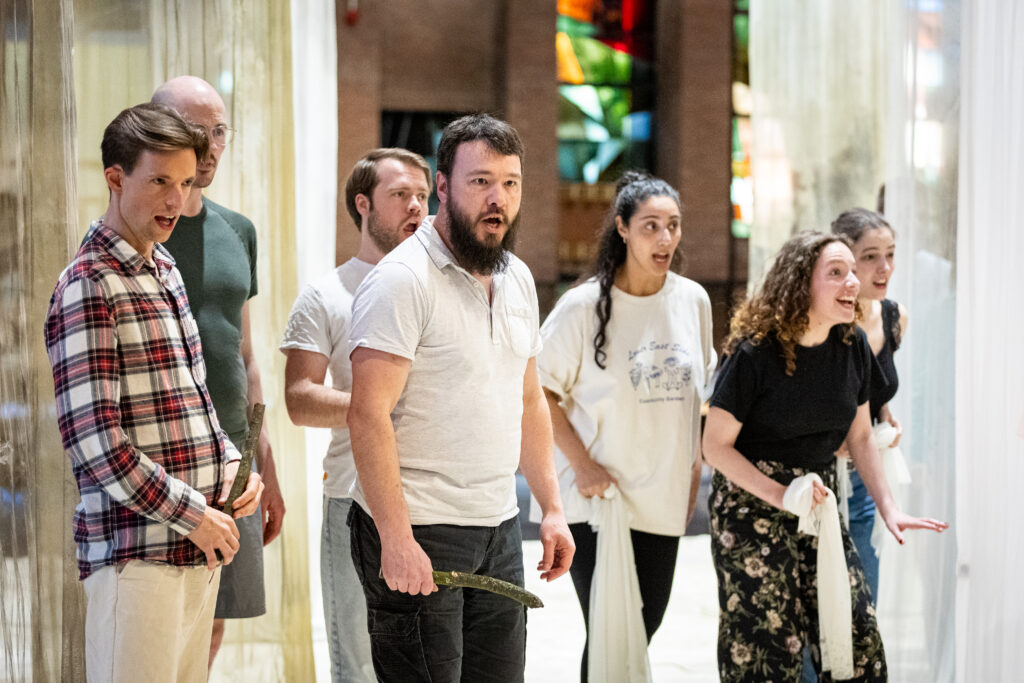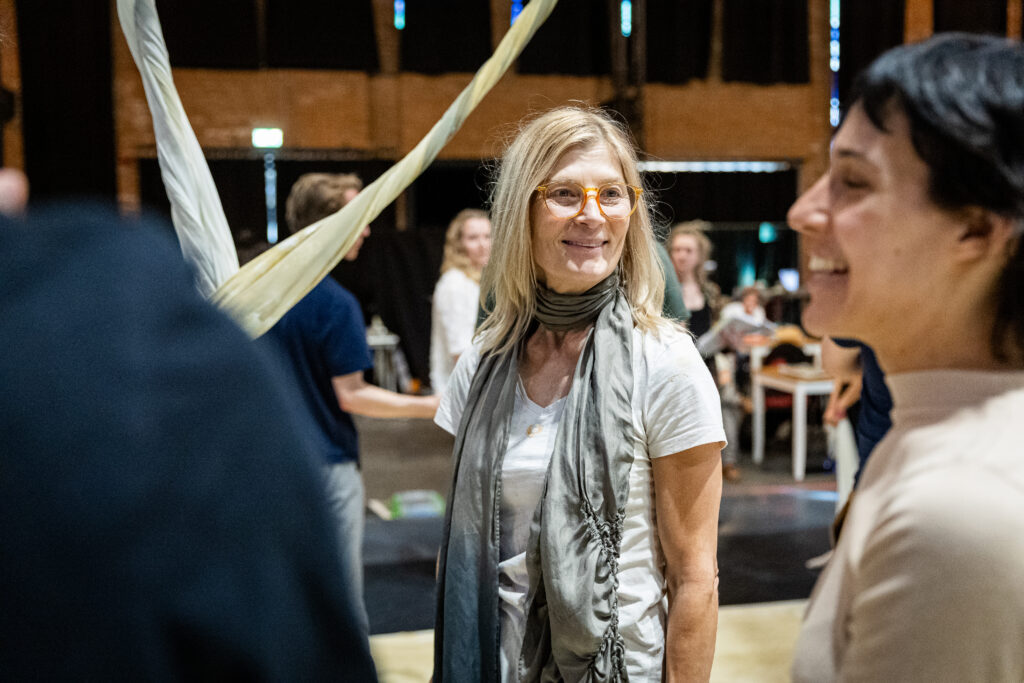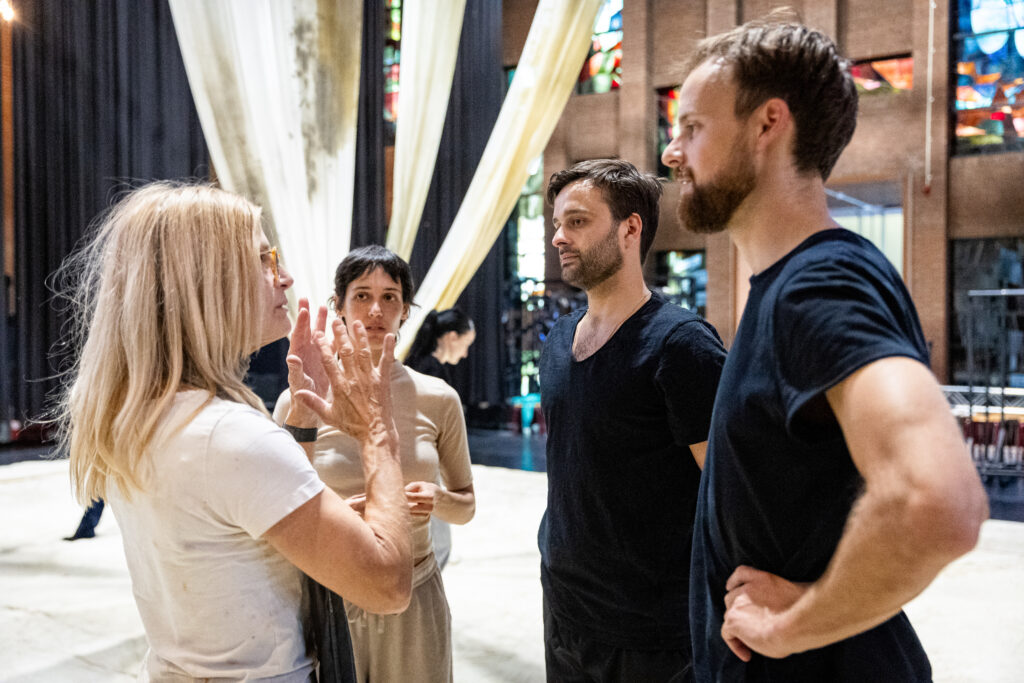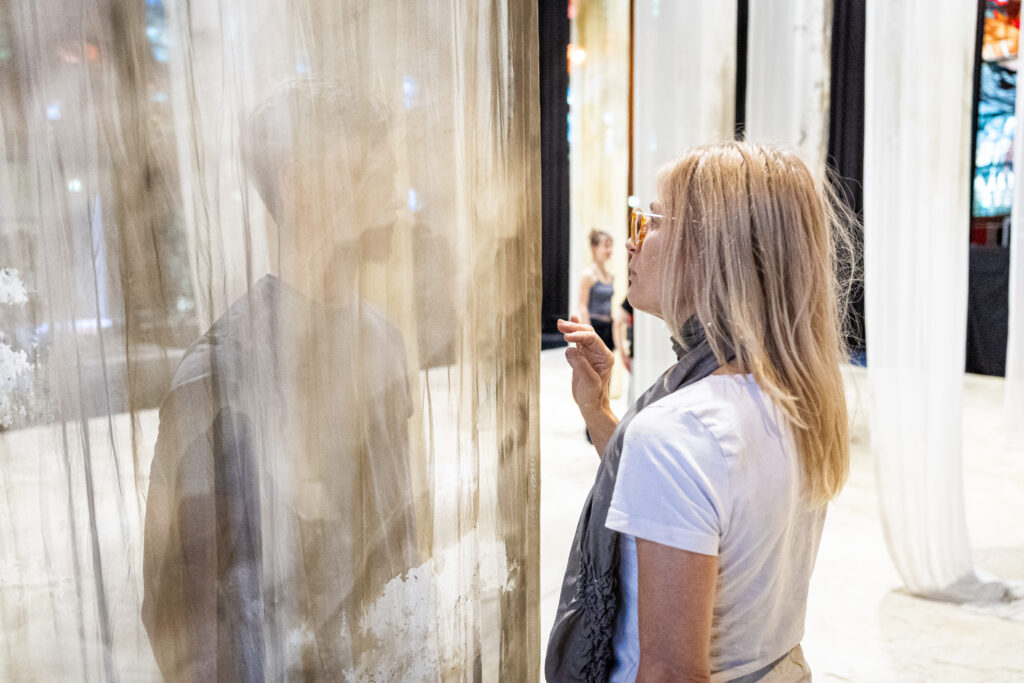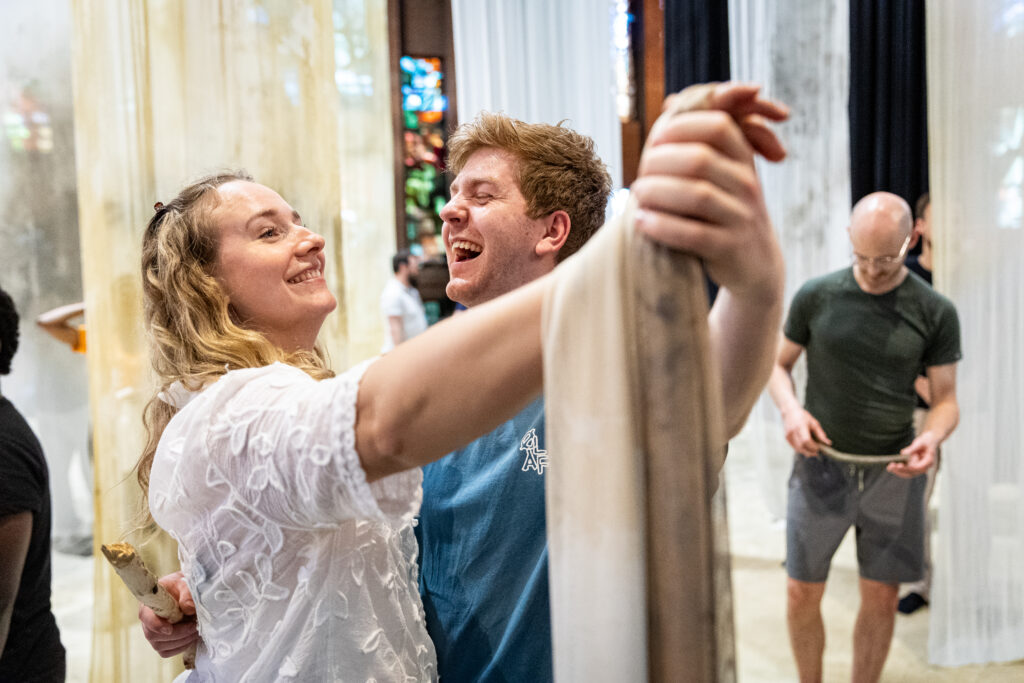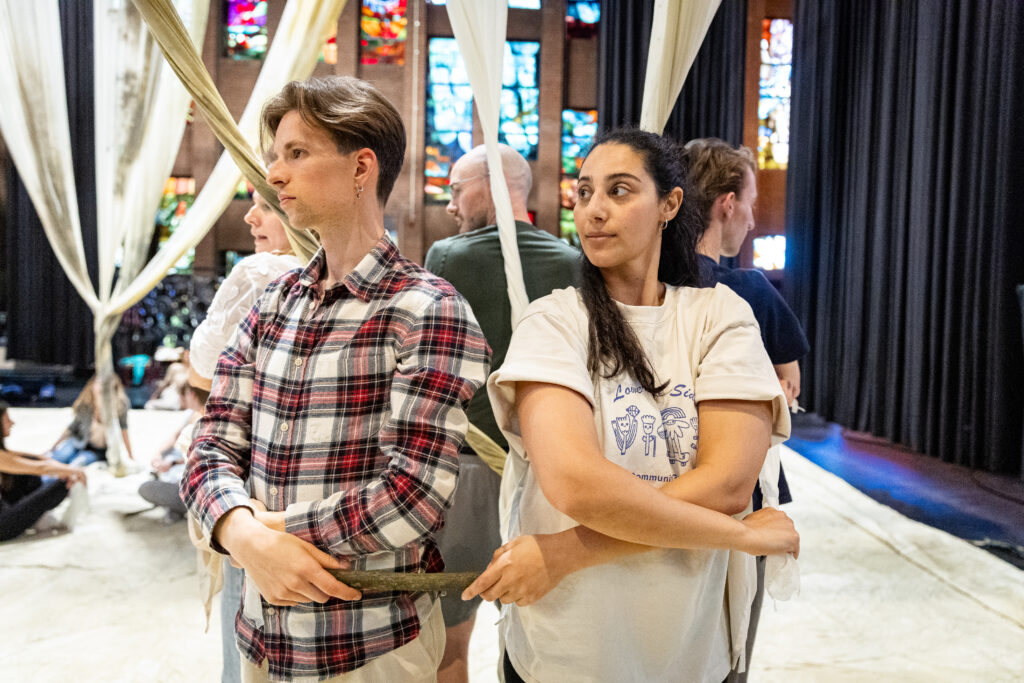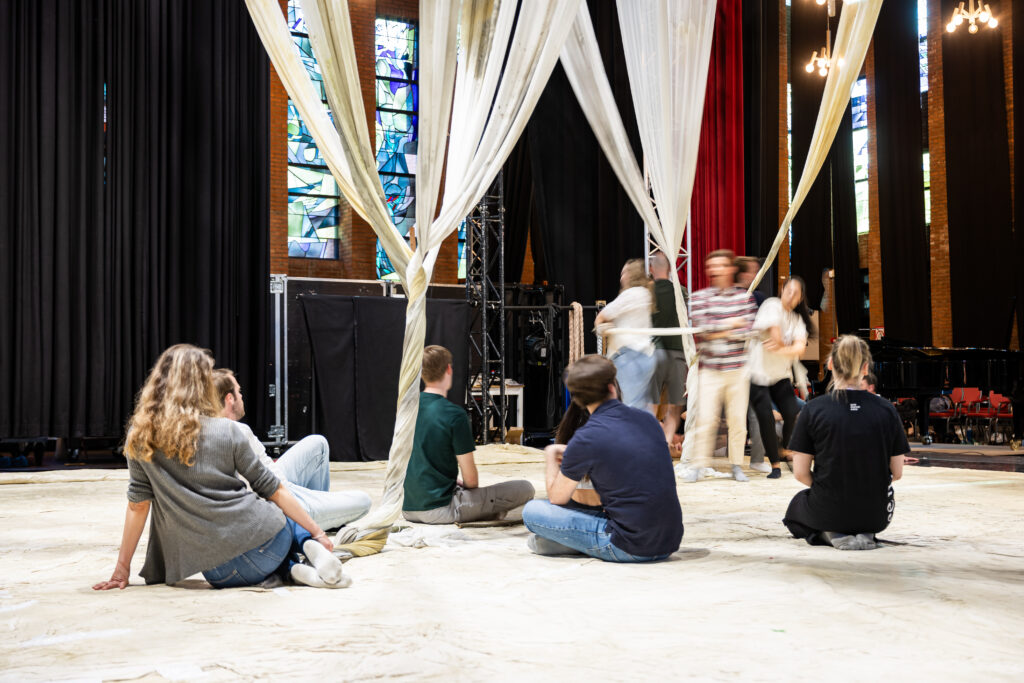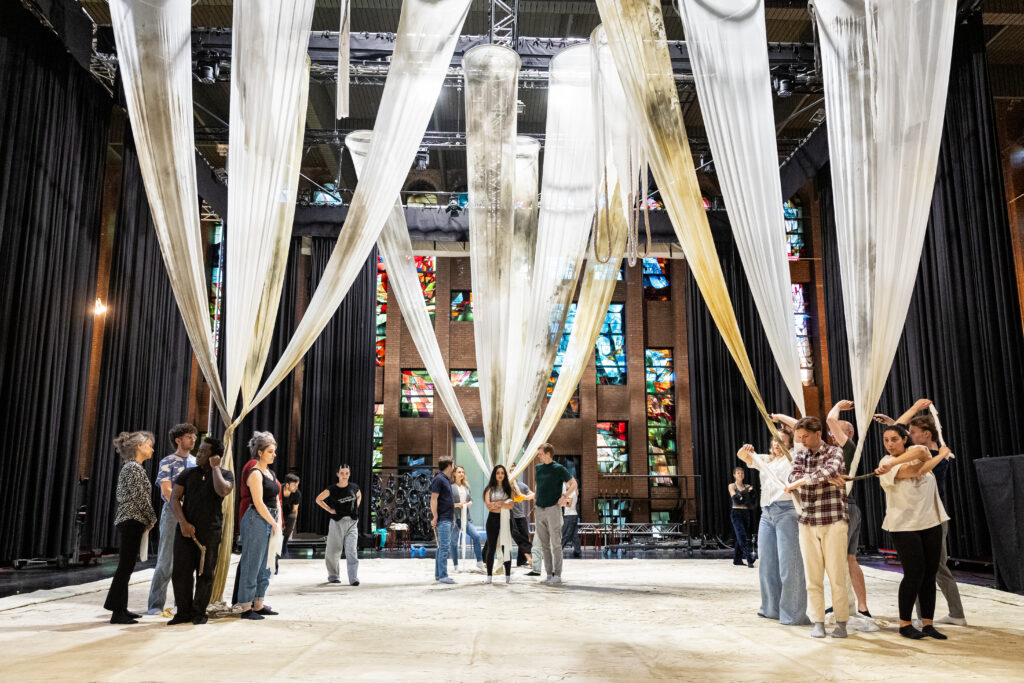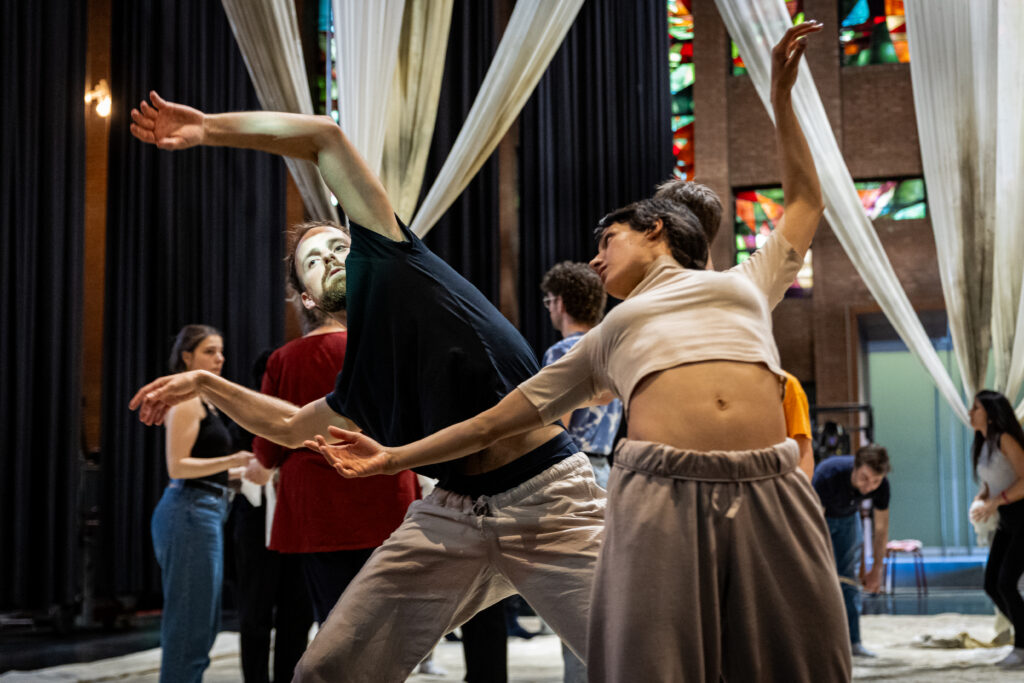Info
Le Villi is an unforgettable dance opera full of passion, love and mysticism, and forms a world where past and present meet and where broken hearts are avenged. With Le Villi, Puccini’s first opera, he lays a foundation for his later oeuvre in which human emotion is central. He based Le Villi on the age-old Central European myths of the ‘Vilja’: young women who died of a broken heart. Previously, this myth was used to create the world famous ballet Giselle. Dutch composer Karmit Fadael has composed a prelude, Silenzio, especially for Opera Zuid’s production, inspired by the theme of the dark forest as a metaphor for getting lost in life.
Anna and Roberto celebrate their engagement, but then he has to collect an inheritance in town. “Non ti scordar di me!” Don’t forget me, young Anna calls after her beloved Roberto for fear that he will not return from this journey. But Roberto assures her that he will return, after which they will get married. Winter arrives and waiting for her lover becomes too much for Anna. She succumbs to a broken heart. On his journey back, not knowing that Anna has died, Roberto is seduced. Once home, Anna’s ghost appears before him. She has become a Villi. Roberto prays in vain for forgiveness, but Anna is determined to avenge him by making him dance to death.
To direct Le Villi & Silenzio Opera Zuid has chosen none other than the experienced choreographer, actress, aerialist and producer Dreya Weber (known from Pink!). She previously gave impressive performances in Opera Zuid’s A Midsummer Night’s Dream and Lady in the Dark. In this opera dansant, dance is completely interwoven with the story, mythology, dramaturgy and music. With this opera, Dreya Weber makes her opera directorial debut.
Be transported into a world where love and loss meet in an enchanting interplay of music, drama and dance.
Le Villi & Silenzio lasts approximately 80 minutes and is sung in Italian with Dutch and English surtitles.
IN CONVERSATION WITH DIRECTOR DREYA WEBER
Why did you say yes to the offer to direct Le Villi & Silenzio? ‘In 2022 I performed in an opera for the first time as an adult artist. I was Puck in A Midsummer Night’s Dream by Opera Zuid. I was immediately captivated by the great scope that opera offers for storytelling. When Waut Koeken came up with the idea of having me direct Le Villi & Silenzio he said that I could only say yes if I fell in love with the piece. The story, the music and the theme immediately evoked images, choreographies and ideas: I was in love! Because dance is an intrinsic part of Le Villi & Silenzio, I can also use my experience and love for dance and aerial art. The offer felt like an opportunity I couldn’t pass up. Finally, in theater it does not matter which discipline – dance, cabaret, opera – is used; it is the telling of the story that is decisive.’
What story do you want to tell with your direction? ‘I see Le Villi & Silenzio as a timeless story about sadness and how one wrong choice can completely change the course of life. For me, it is also about the connection between people and nature and the possibility of forgiveness. The Villi are revenge witches in Eastern European mythology, but to me they represent wild, restless souls; ghosts of people who died from a broken heart. These souls not only inhabit the trees, they are the trees. I have fallen in love with the idea that the forest represents part of our life cycle; we die and are reborn as part of the forest. In my direction, the forest (the Villi) occupies a prominent place. The trees are an integral part of the world of the living; they represent our history and ancestors and they are witnesses to the unfolding story. We are part of a larger whole and of cycles of life and death, with the possibility of renewal. This interpretation makes the story more human, timeless and universal.”
In your direction there are also male Villi, while in the original mythology it is only young females. Why is that? ‘Precisely because of that universal theme. Tragedy and pain are timeless and affect everyone; woman and man, young and old. I want my Villi to represent all of humanity.”
What thoughts do you hope audiences leave with after seeing Le Villi & Silenzio? ‘Beautiful art can emerge from intense suffering. Opera perfectly illustrates how we can transform our experiences of both beauty and sadness into art. I would like people to think about the idea that we are part of a bigger picture; a cycle in which man and nature merge in life and death. What if there really is such a thing as a forest of souls that can hold us, offer us peace and security, where we can communicate with our ancestors? That thought delights me. In short, I hope that the audience has also fallen in love with this opera afterwards!’



